It’s been quite a while since the last post – it takes a lot of time and energy to keep it up to date, so there’s a fair bit to catch up.
Rewinding a little from the end of the last post, while in Imphal, the capital of Manipur, we discovered the little Vespa had blown a head gasket. Mario and I set about stripping the head off, and bodged it together with some sealant on the side of the road – with armed police in the crowd watching on.
Mario and Lilis over at Wheel Story are taking a 600cc Benelli sports bike from Indonesia to France – not the ideal bike for the rough and muddy roads, but it’s holding together well despite the weight and conditions.
Crossing the state border between Manipur and Nagaland required yet another registration – although all the information is entered by hand onto pieces of paper, and no doubt is never looked at again: but this being India, the process is more important than the utility.
After yet another checkpoint 5 kilometers up the road, we gave up on stopping (since most of the time the police didn’t even know what to do with us), and just started waving at them as we rolled through slowly. That way, if they wanted to stop us they would have to make an effort: this seemed to work well, as we mostly received friendly waves back from hereon after.
Kohima is the capital of Nagaland state, and we took a rest day here. Like so many of the mountain towns, it’s perched precariously along the slopes, with winding roads that almost overlap and confuse the hell out of GPS mapping. We spent an extra rest day here, and explored the town a little.
All the trucks and buses on the roads are brightly decorated, with hand-painted mottos and patterns. This makes them slightly less intimidating when they’re bearing down on you on the wrong side of the road, lights and horn blaring. The “Speed 40 KM” written across the front is another complete joke.
The Royal Enfield bikes are ubiquitous here, although they’re now less common than the modern Pulsar or Bajas. They’re a copy of a 1950’s British design, but the Indians have kept making the same bike without major changes to the design until just a few years ago. They’re very distinctive, with a low-revving single cylinder that fires so slowly you can hear each individual pulse.
One thing I had particularly wanted to see in Kohima is the war memorial and cemetery from WW2. It’s a little known theatre in the war, but the Burma campaign had far reaching effects. Kohima is the furthest west into India the Japanese were able to reach, and after several weeks of battle in a space literally the size of a tennis court (it was actually fought in and around the Deputy Commissioner’s bungalow), the Japanese were forced to withdraw. The cemetery itself is a peaceful refuge from the noise and business of a typical Indian city, with the incessant honking of horns seeming more distant.
Here we can see the outline of the tennis court’s location, on either side of which the two sides were arrayed.
This site is also the original home of one of the war’s most famous epitaphs, now widely used.
While in town I had noticed that Ghighi had lost one of the bolts securing the exhaust heat shield – so we pulled out the other one and went searching for a new one. On finding this bloke’s shop, we quickly emptied out all his spare bolts and helped me find a few spares, which he graciously gave free of charge. Typical of the hospitality we’ve encountered so often on the road.
Coming out of the mountains at last, this was an interesting commentary at a rest stop. Most of the north-eastern states have some kind of independence / separatist movement going on.
We were now starting to cross the vast plains that make up so much of India – across the state of Assam. Any time we stopped, a large crowd of locals would appear to see the strange sight of foreigners on motorbikes.
Our next stop was Guwahati, a major town that is the gateway to the Northeast. Just west of here, there’s a narrow part of India sandwiched between Nepal and Bangladesh, less than 50 kilometres wide, through which most if not all vehicle traffic passes through. We didn’t do any sightseeing here, just wandered around the town. We also bade farewell to Juvena on the Vespa, who got sick and had to stay for several days to recuperate.
Our next destination was the famous city of Darjeeling, the “Queen of Hills”. After an overnight stop in Siliguri, we tackled the mountain roads, taking almost 3 hours to wind 80km, gaining almost 2000 metres in altitude. This was an extraordinary road, with gorgeous views from its almost impossibly steep slopes when the weather was clear, alternating with heavy mist and clouds that made it feel like the end of the world. As with most roads in India, you’re battling with trucks and cars over a lane and a half of tarmac, expect this time there’s a 200 plus metre drop if you get it wrong.
Around half way up, you rejoin the famous “toy train” railway line, which passes through a multitude of small towns on the way up. This is one of the few routes in the world to still be operating the original steam trains.
The town of Darjeeling itself is perched on another mountaintop, some 2,100 metres above sea level. There’s strong influences from the surrounding areas, including Tibetan, Nepalese and Bhutanese, mixed in with colonial British. We spent a day and a half here exploring the town.
Of course no visit to Darjeeling would be complete without sampling the local teas.
One of the key attractions in Darjeeling is to see Kanchenjunga, the third highest mountain in the world, on the border between India and eastern Nepal. The most popular viewpoint is at Tiger Hill, just south of town, and as usual, dawn is quoted as the best time to see it – ugh, another 3AM wakeup. At first, the roiling clouds led us to think we would be disappointed, but soon enough the enormous snow-capped peaks pushed through in the distance.
In the afternoon we visited Darjeeling Zoo, a known centre for conservation of Himalayan animals – although some of the big cats looked decidedly unhappy in their quite small enclosures.
The red pandas in particular were very cute, with one of them bouncing around full of energy.


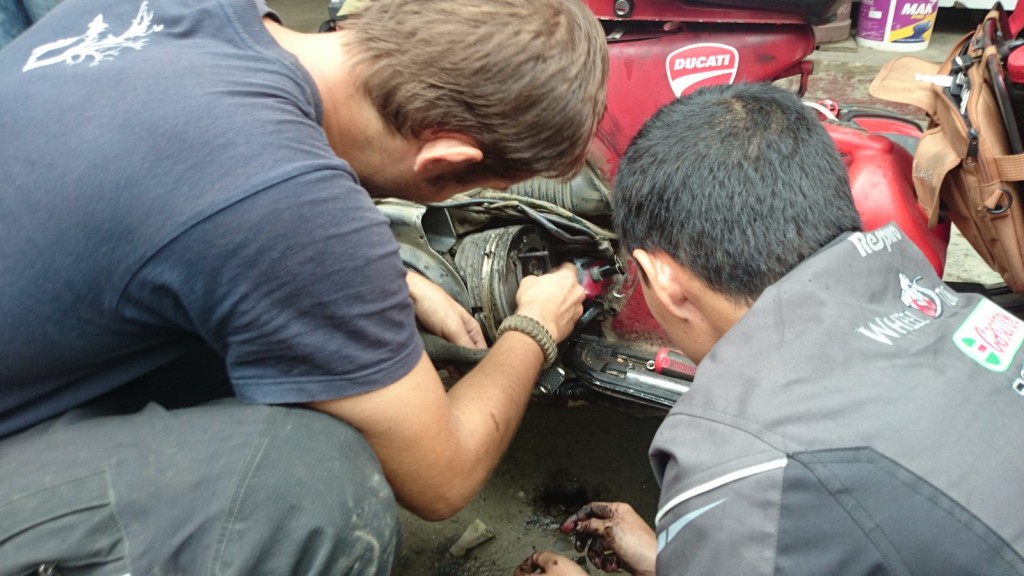
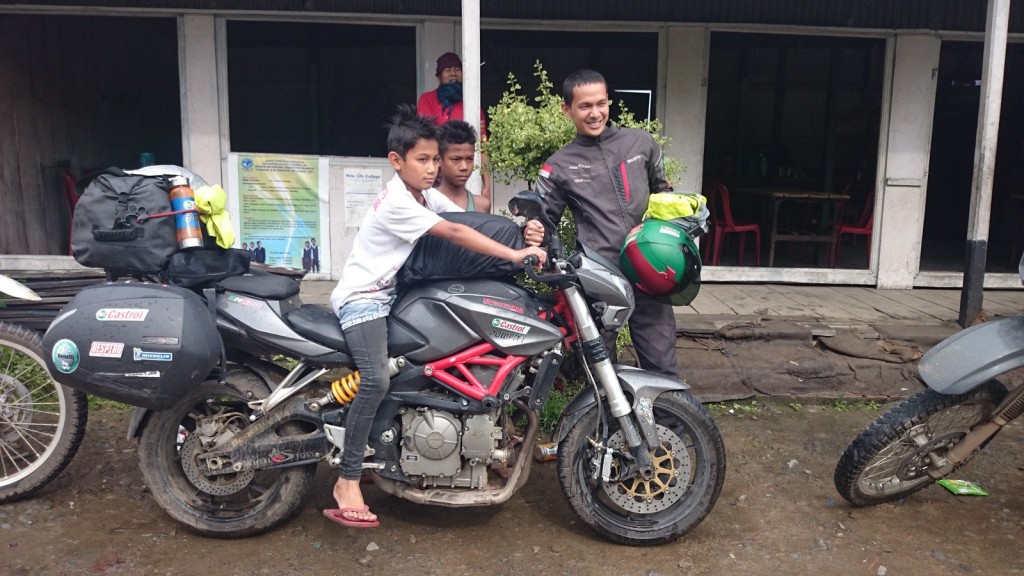
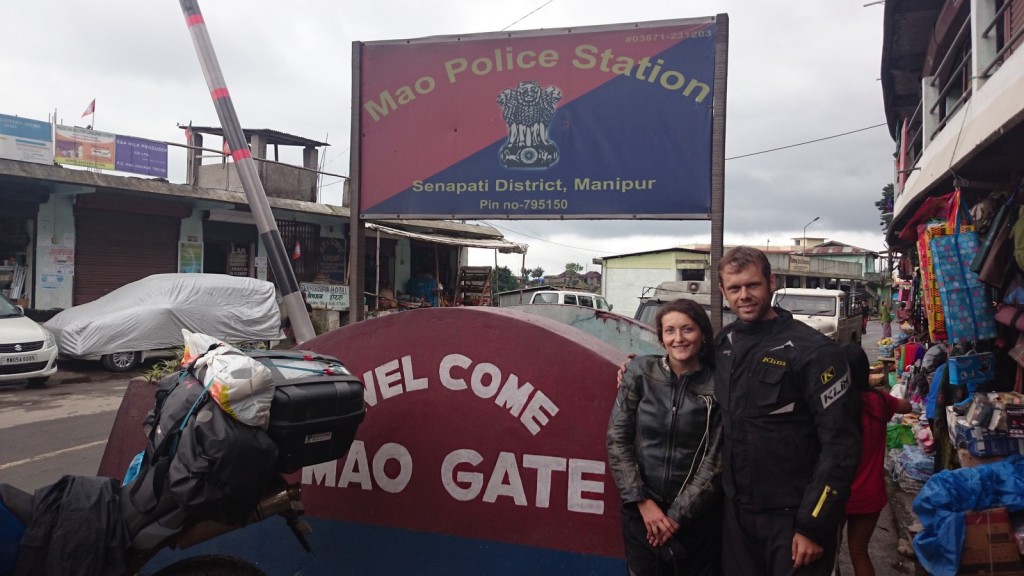
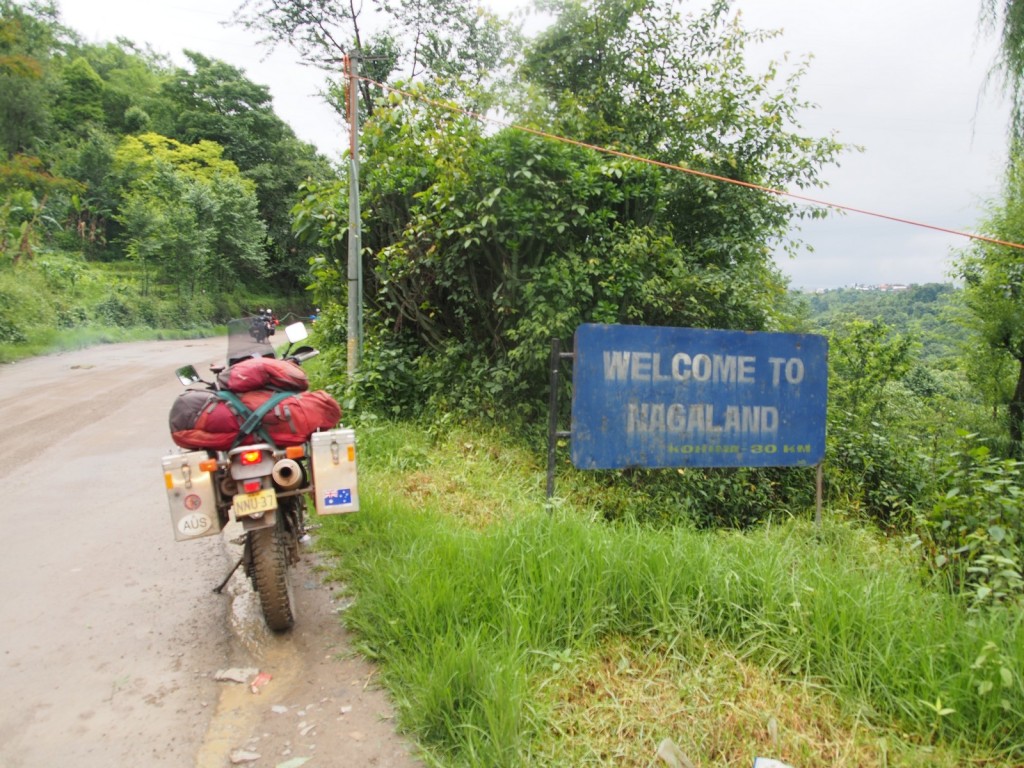
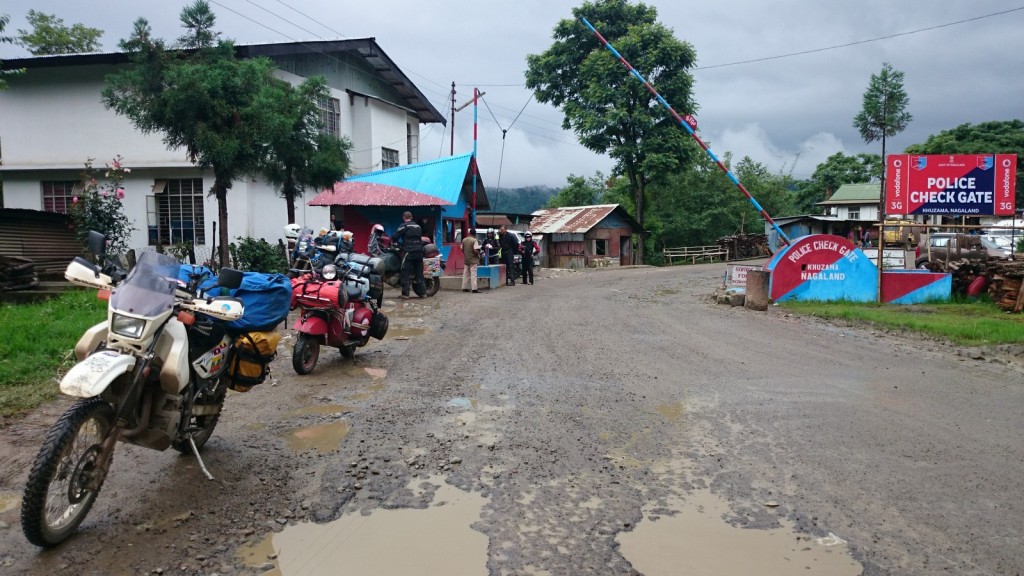
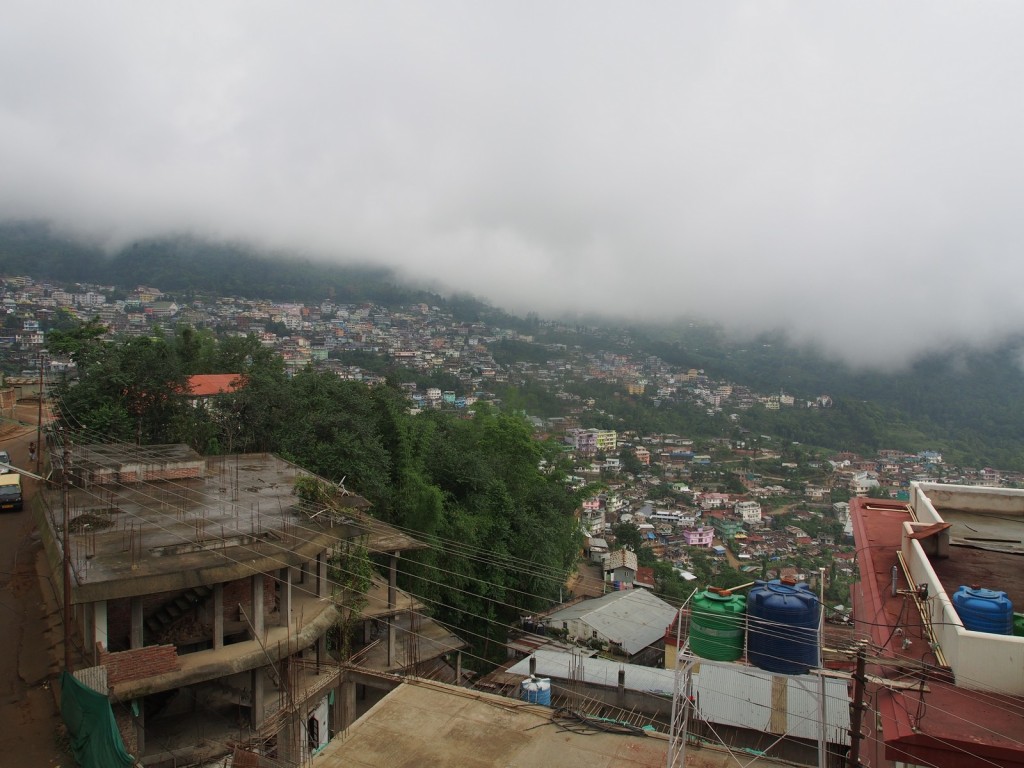
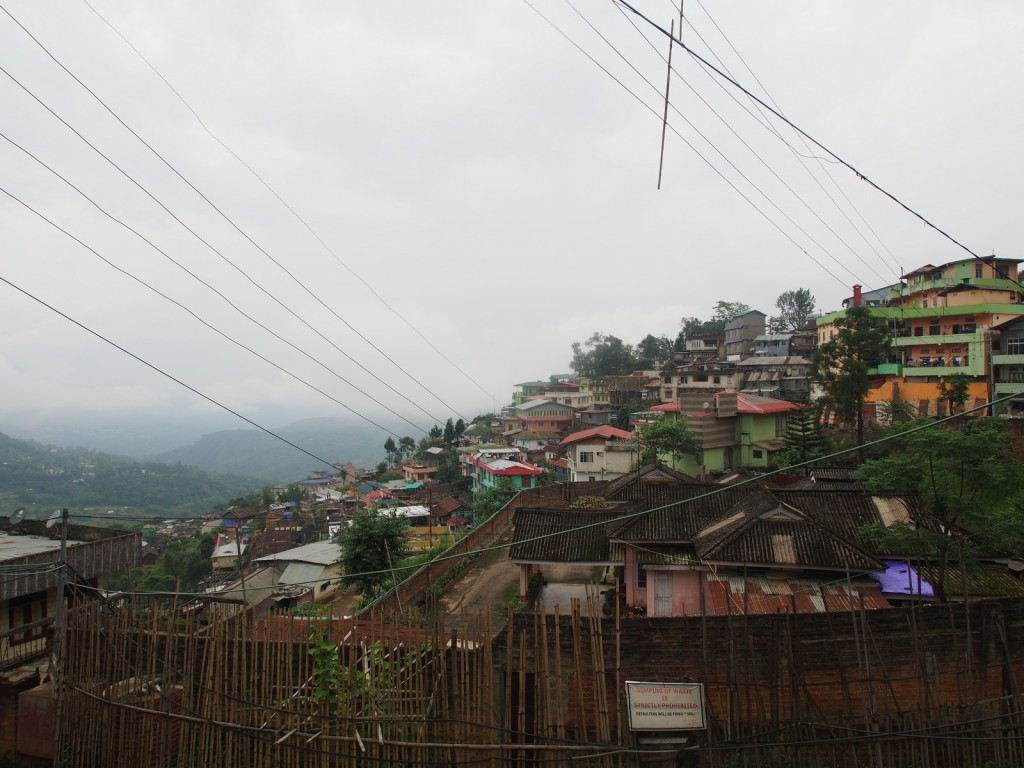

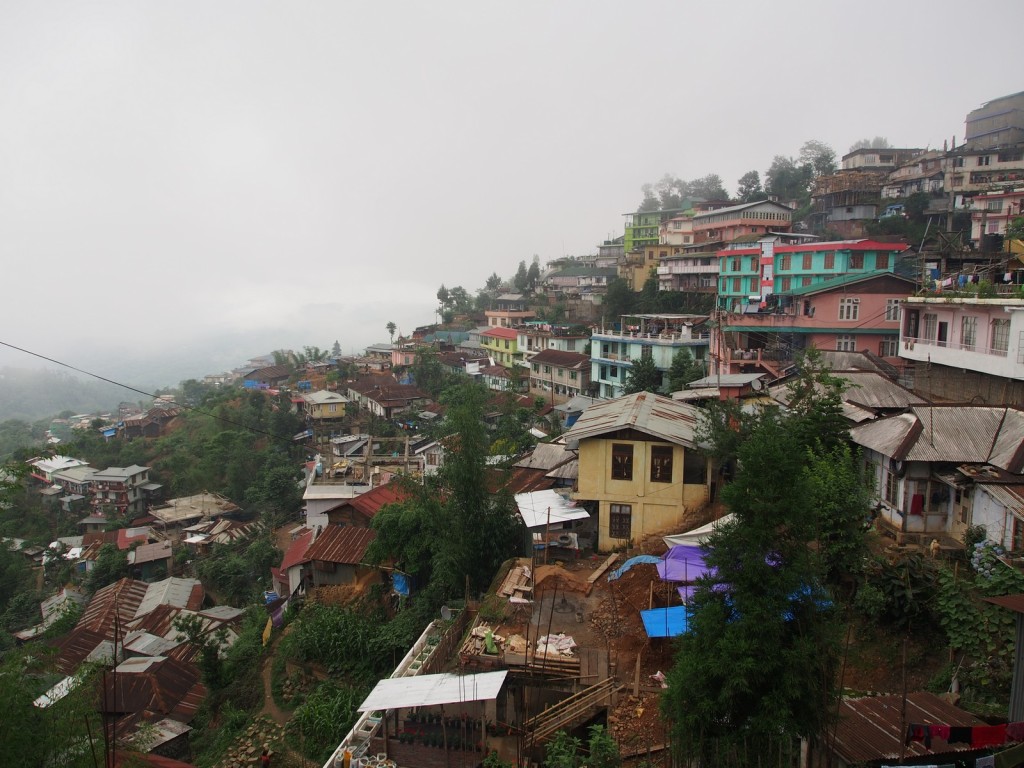
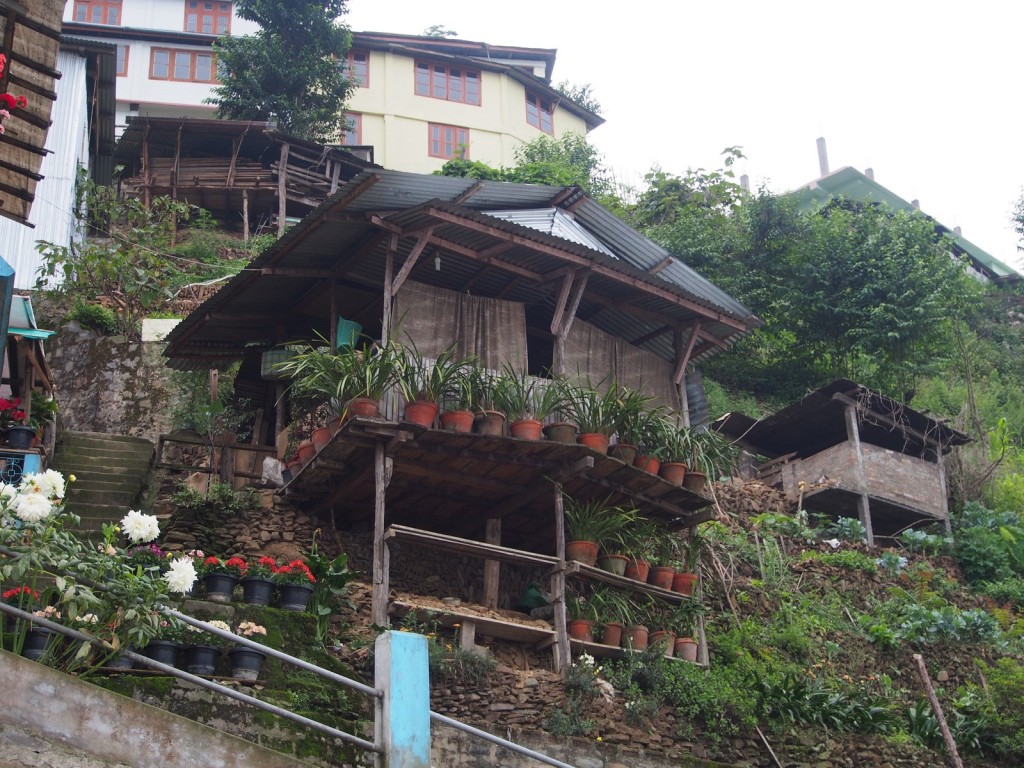
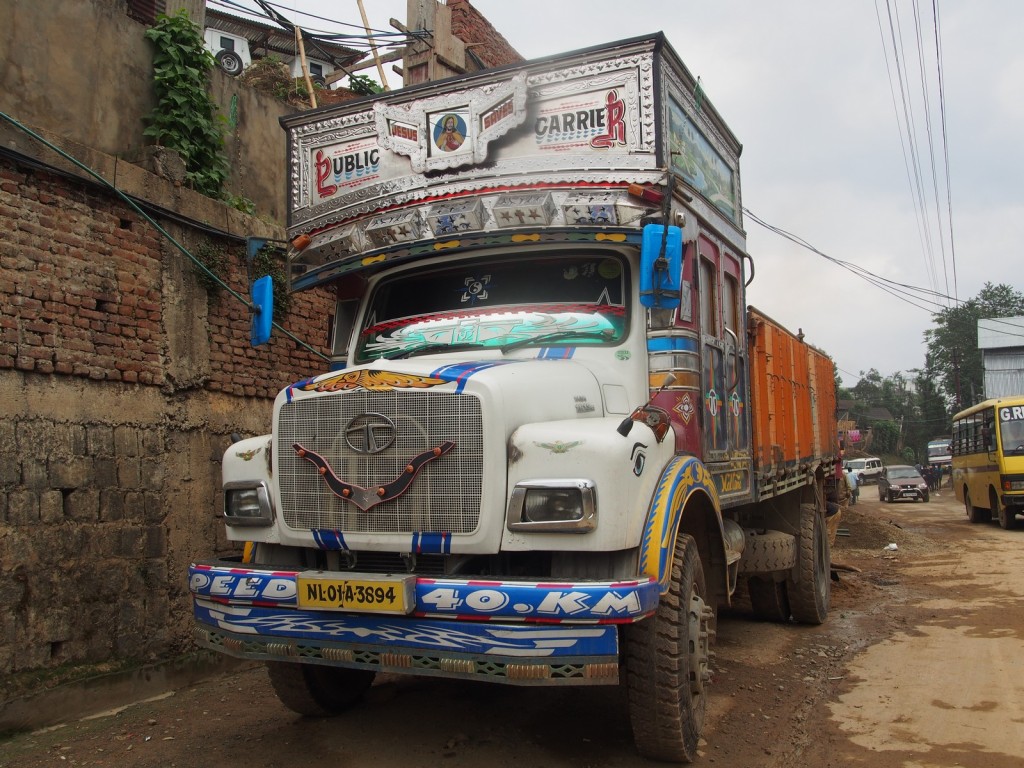
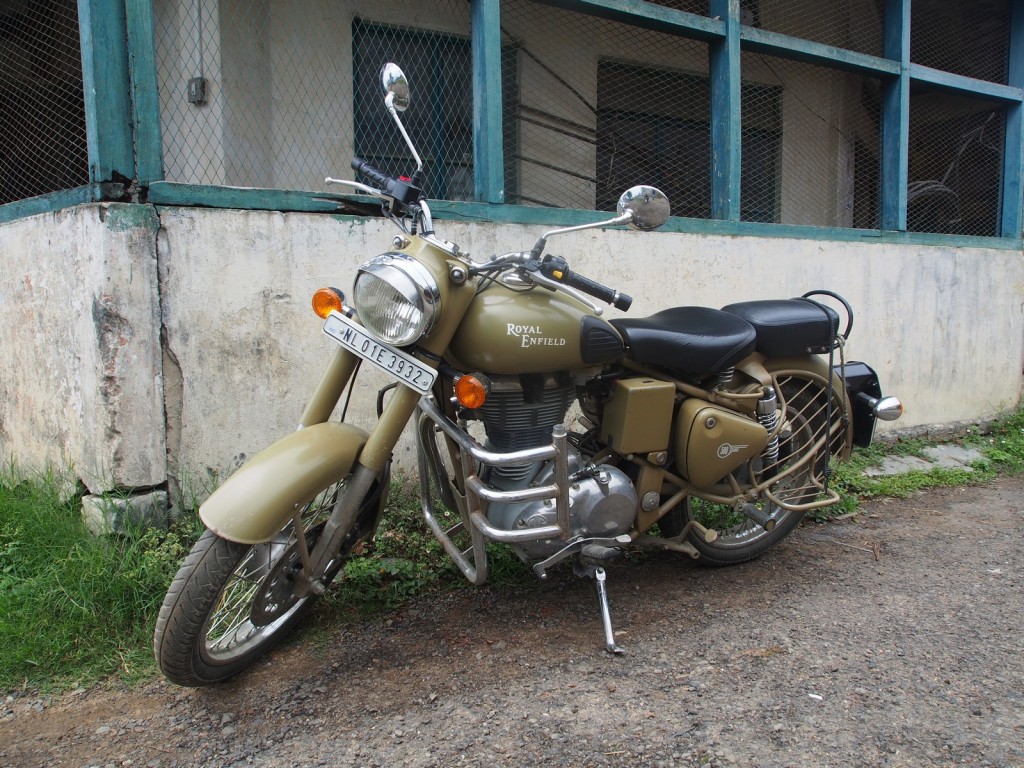
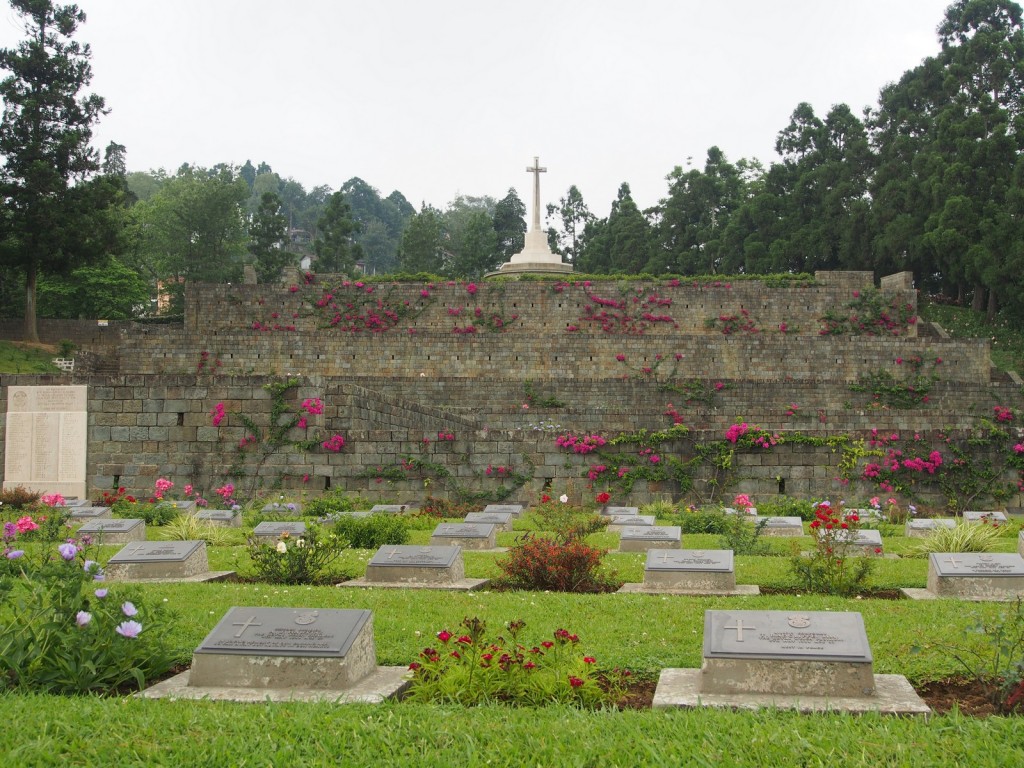
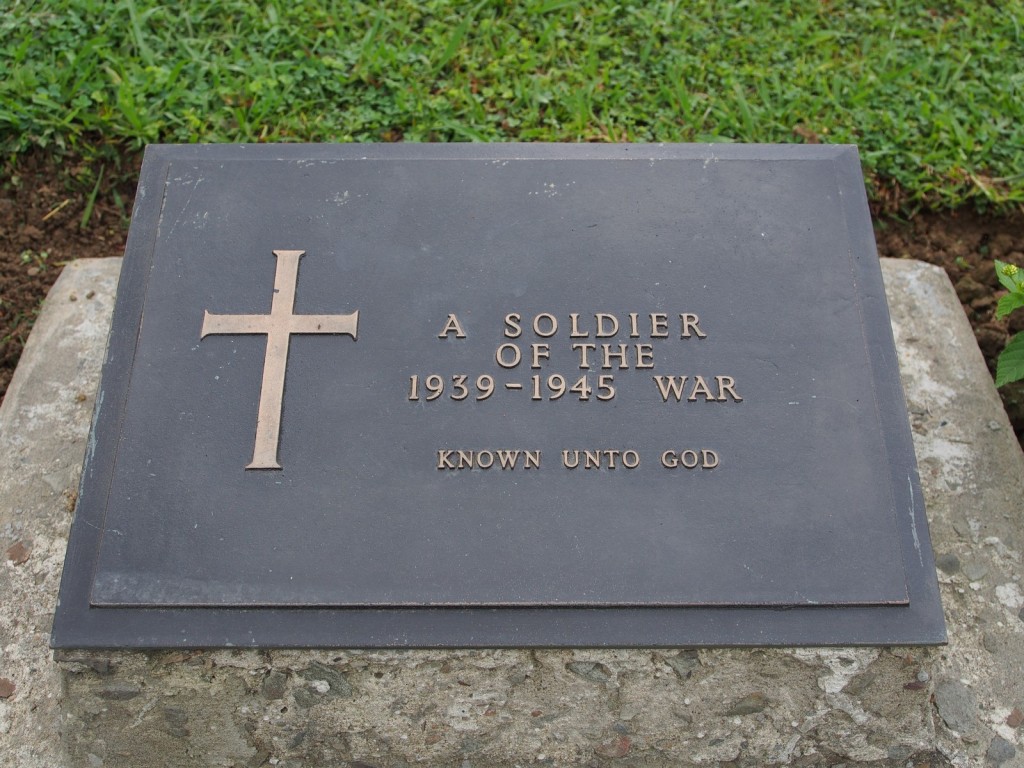


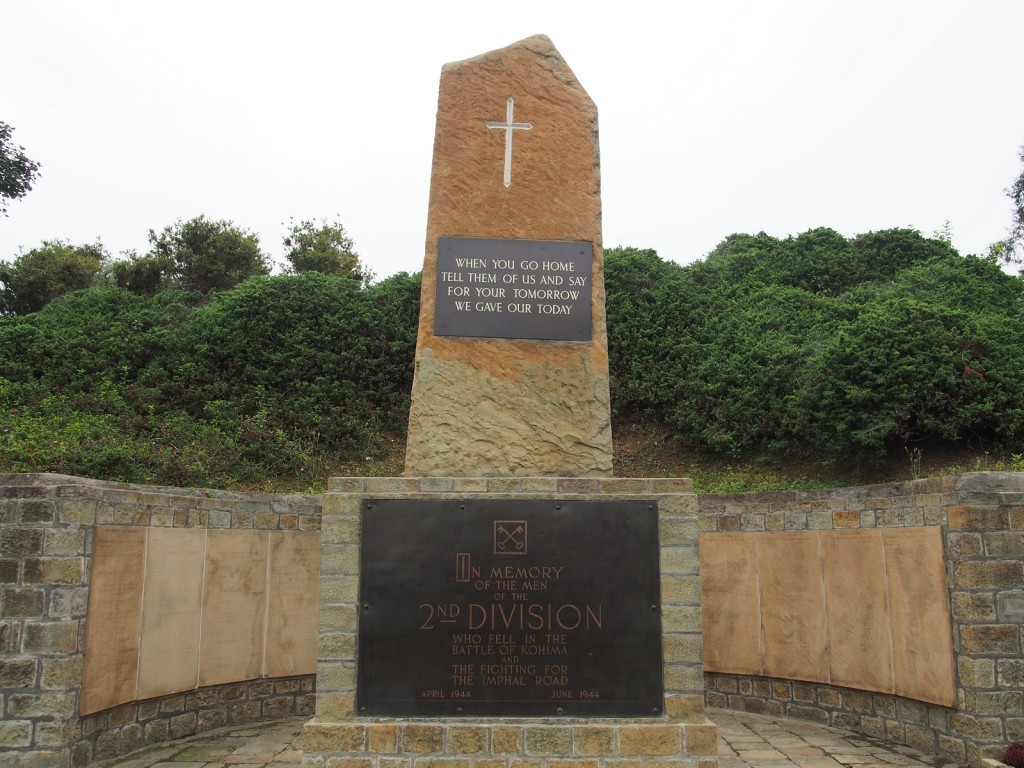
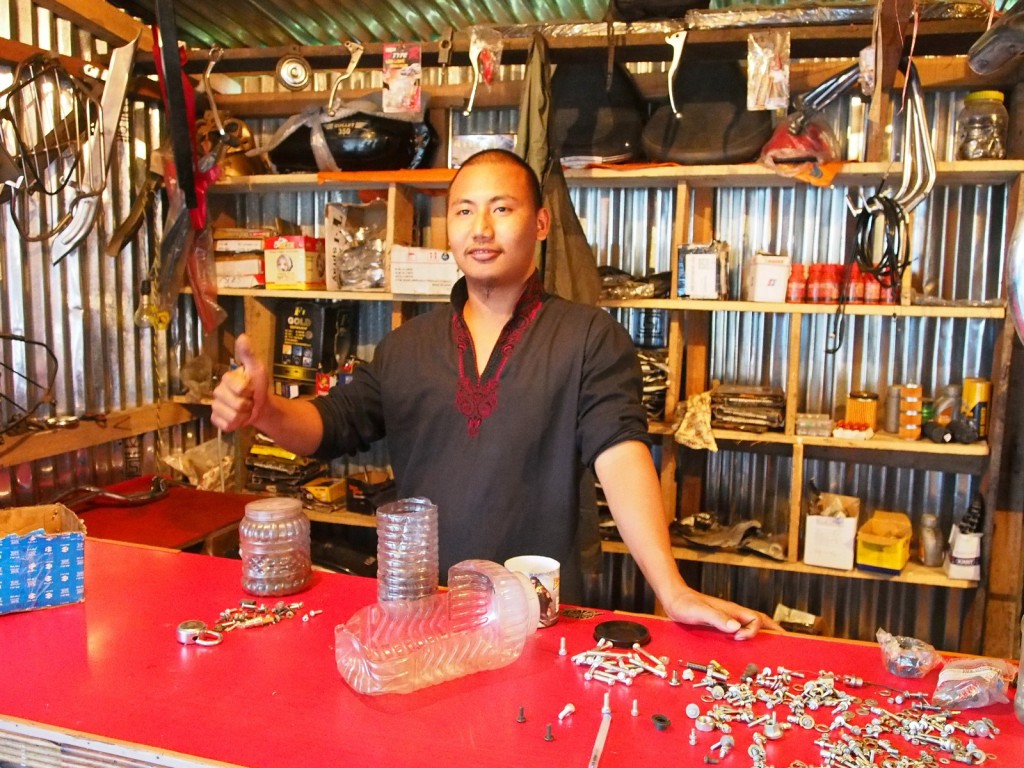
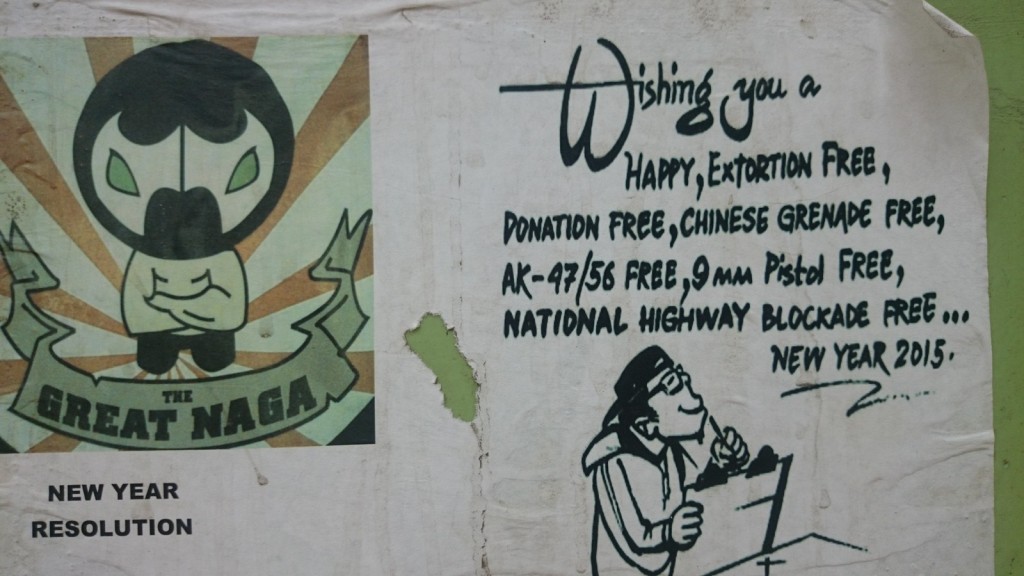
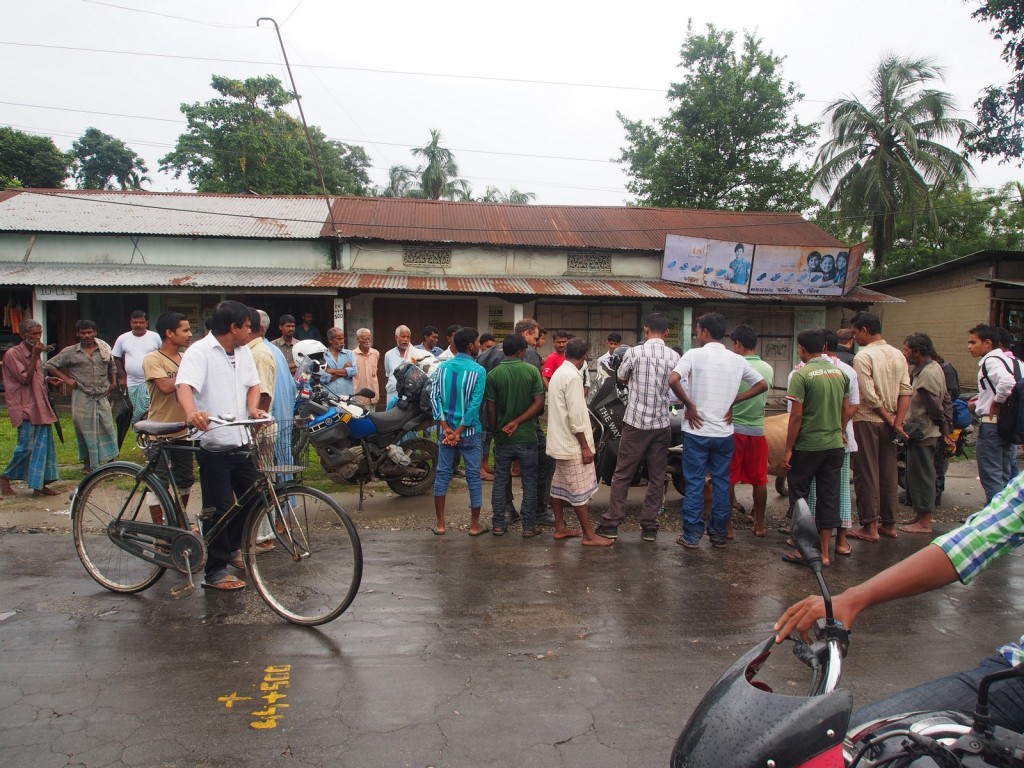
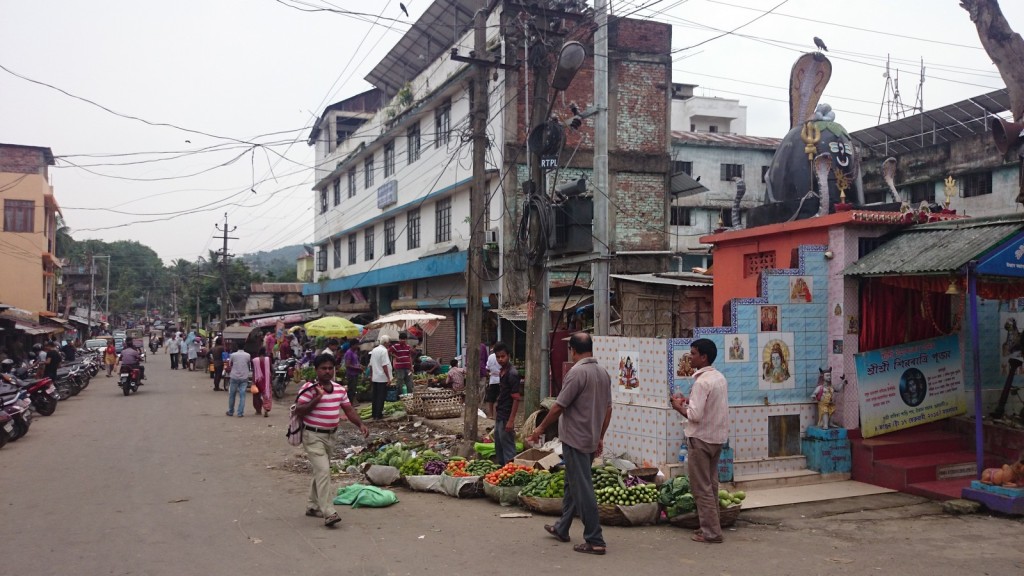
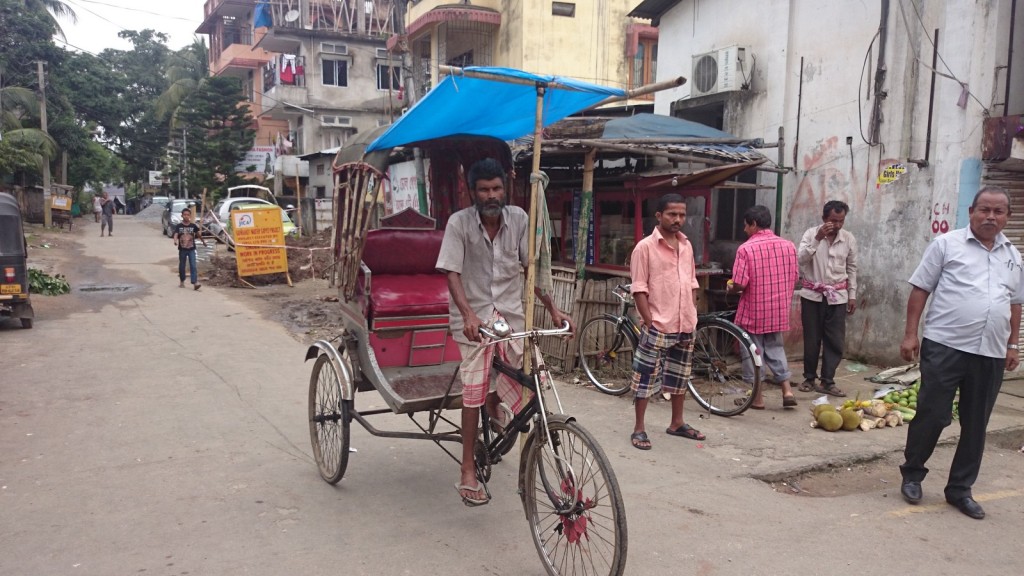
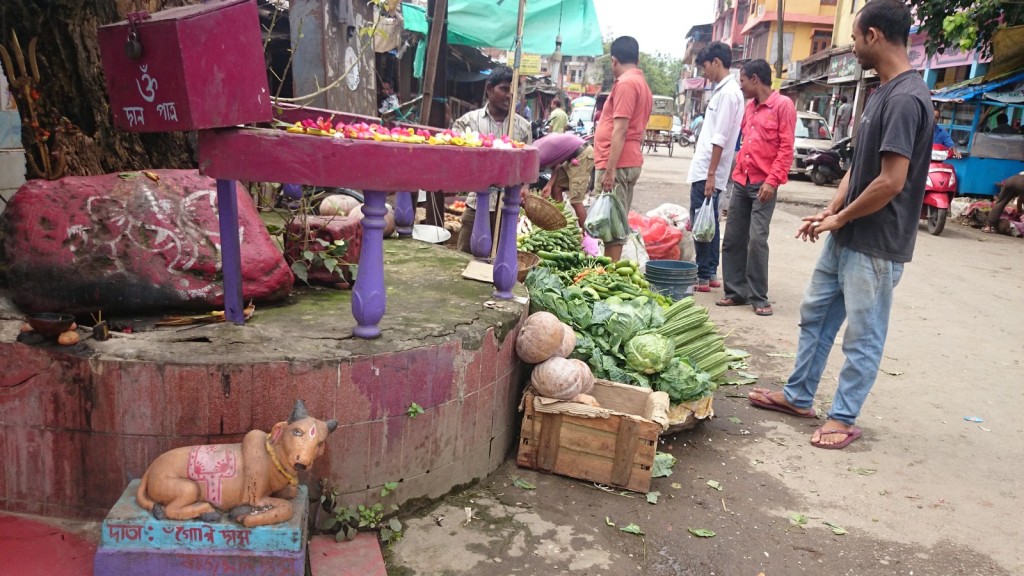
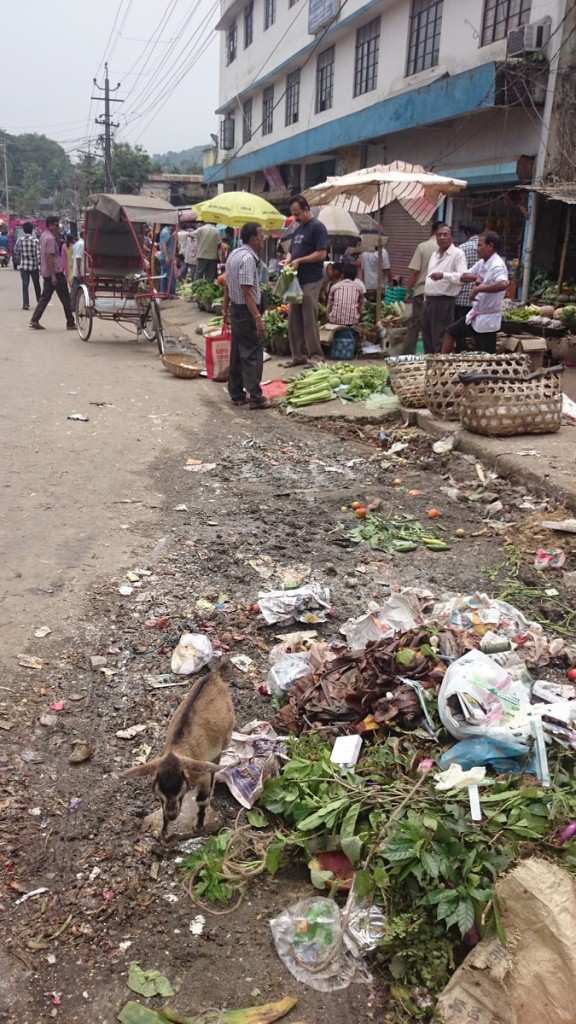
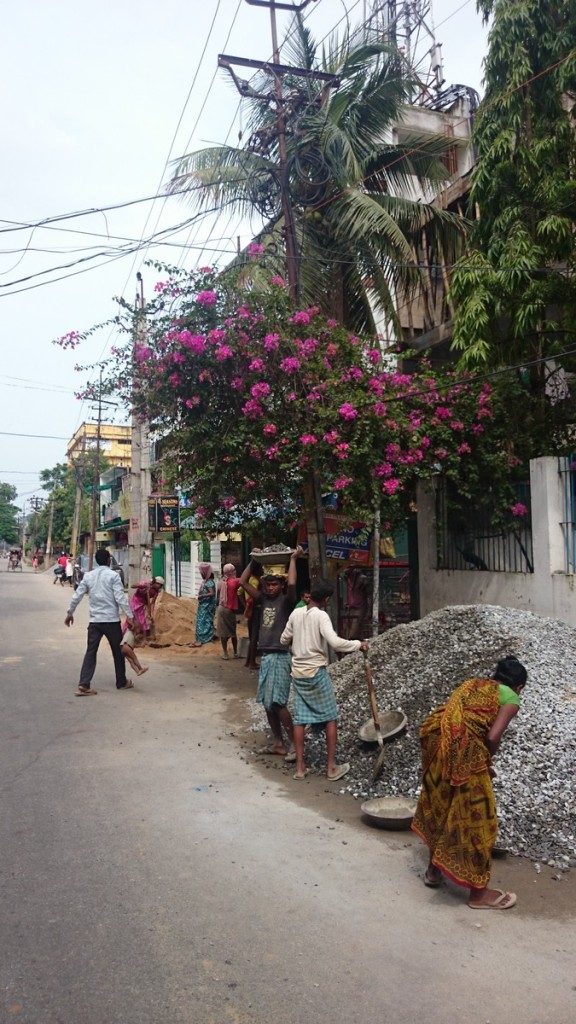
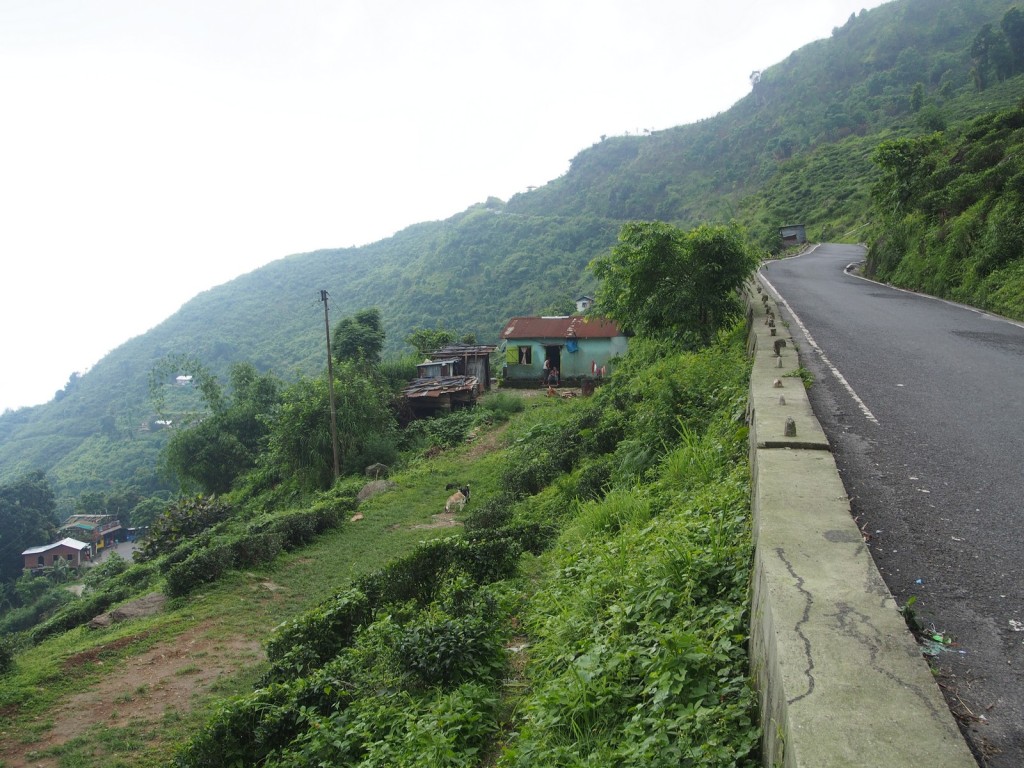
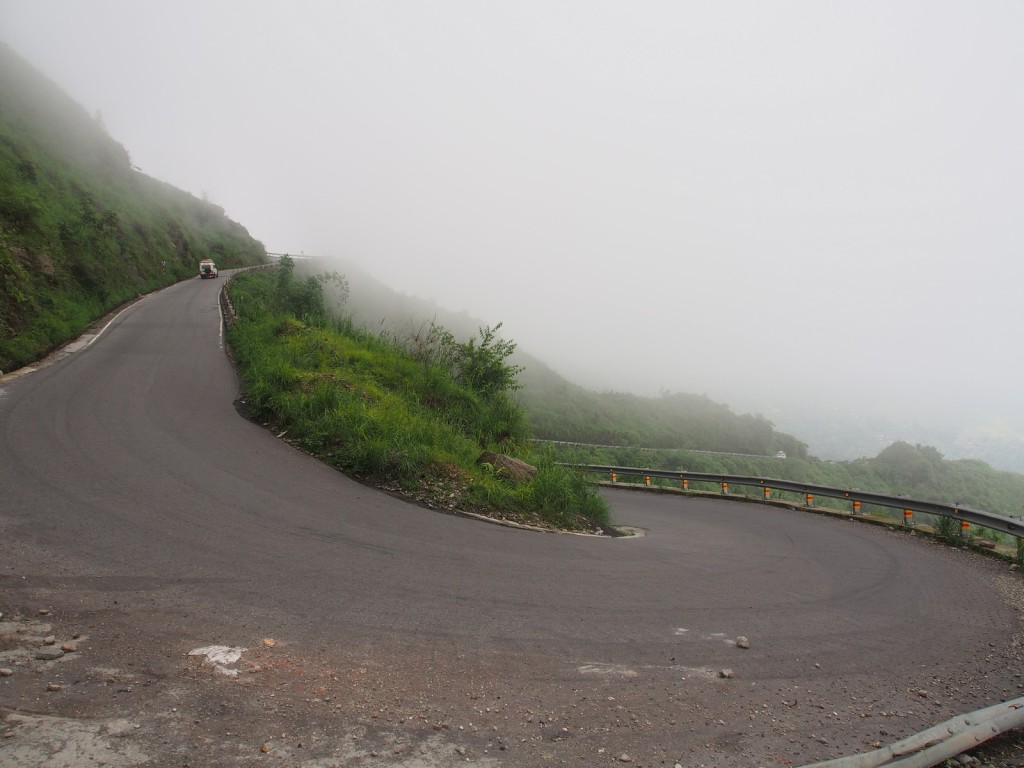
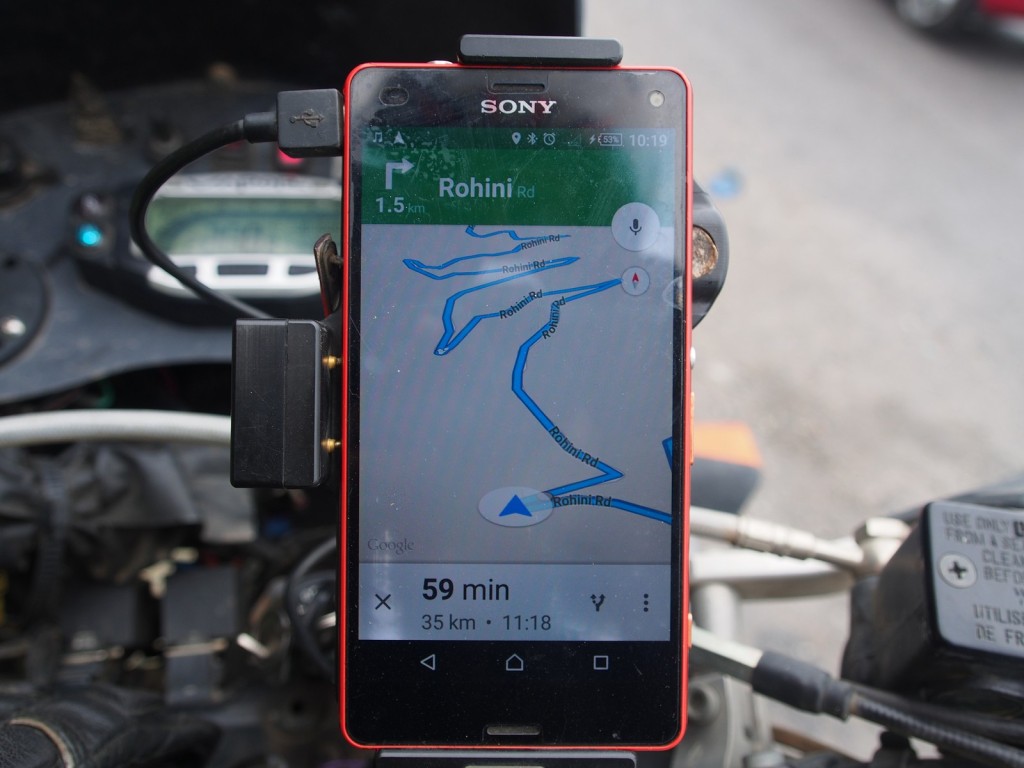
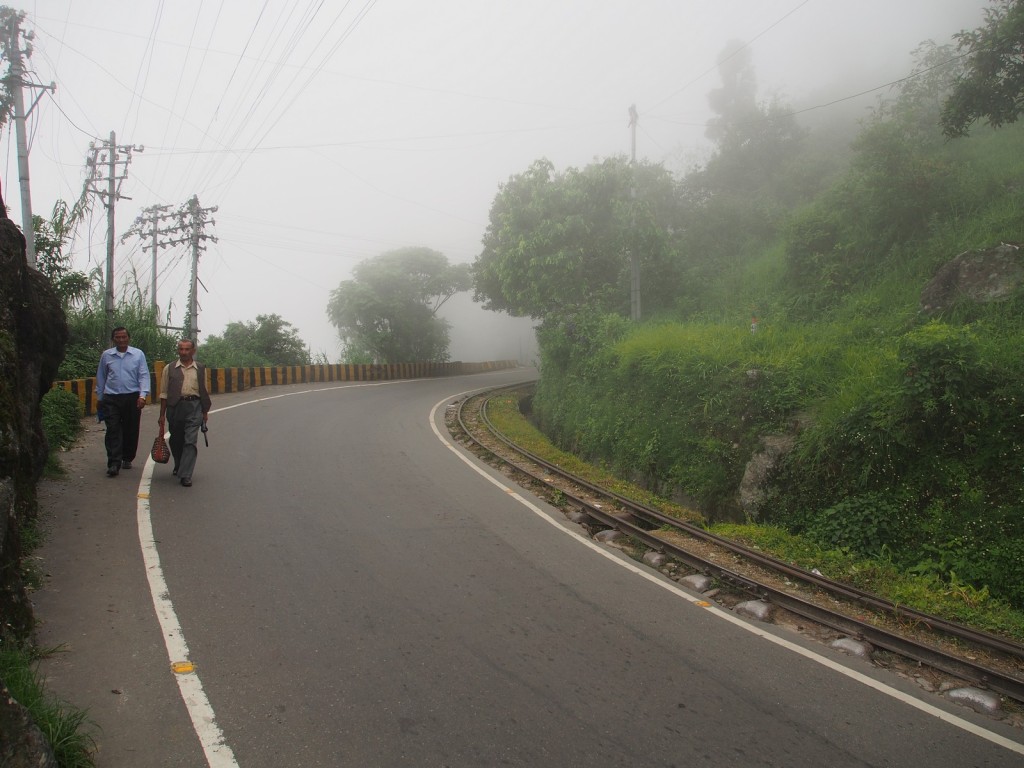
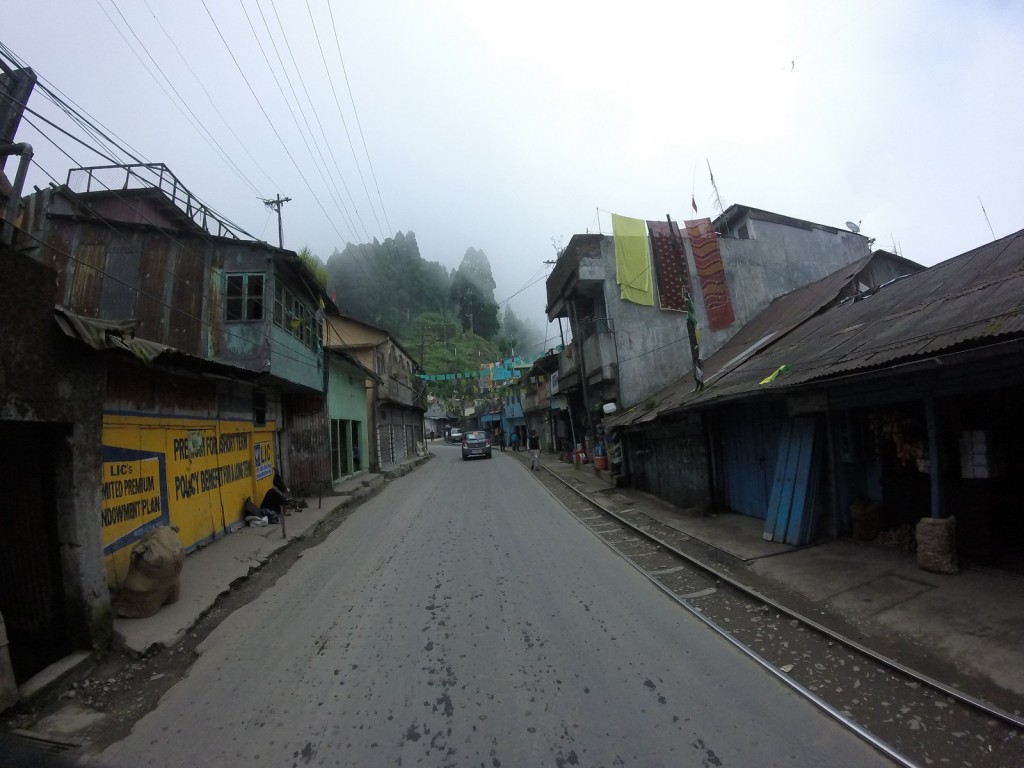
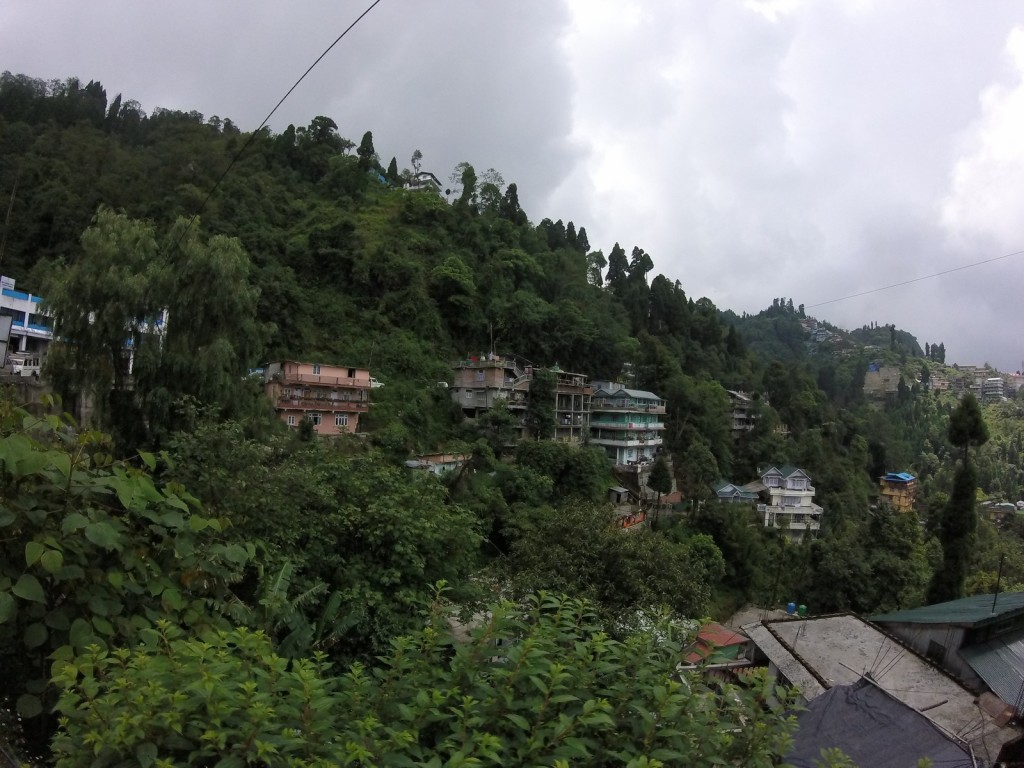
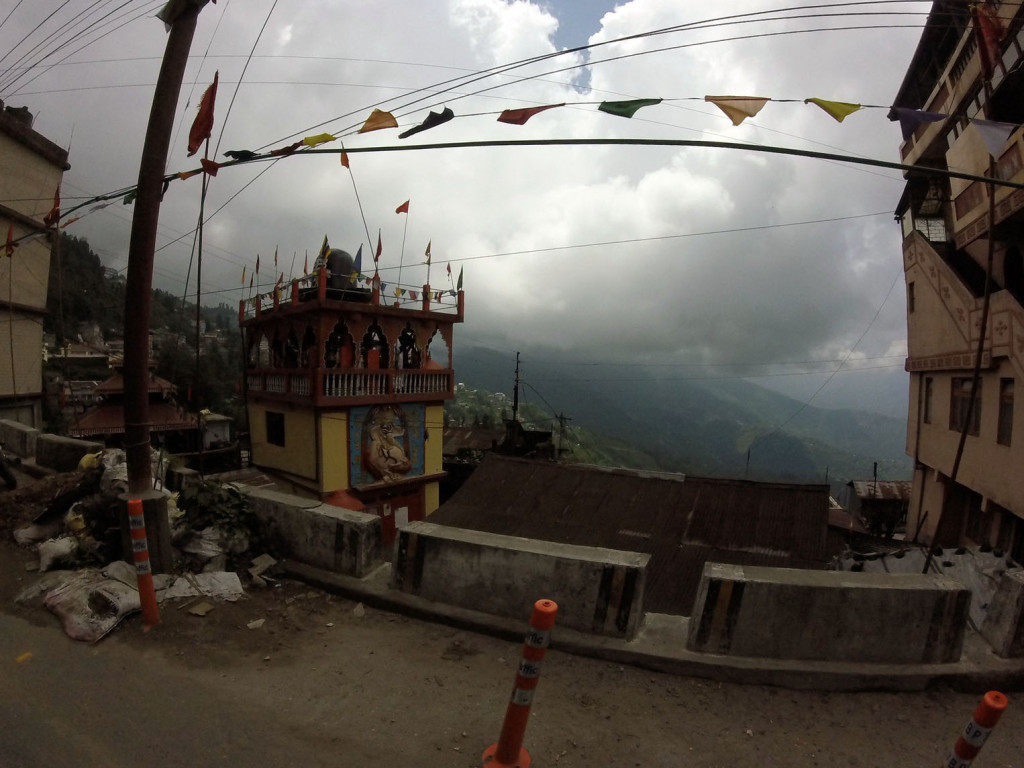
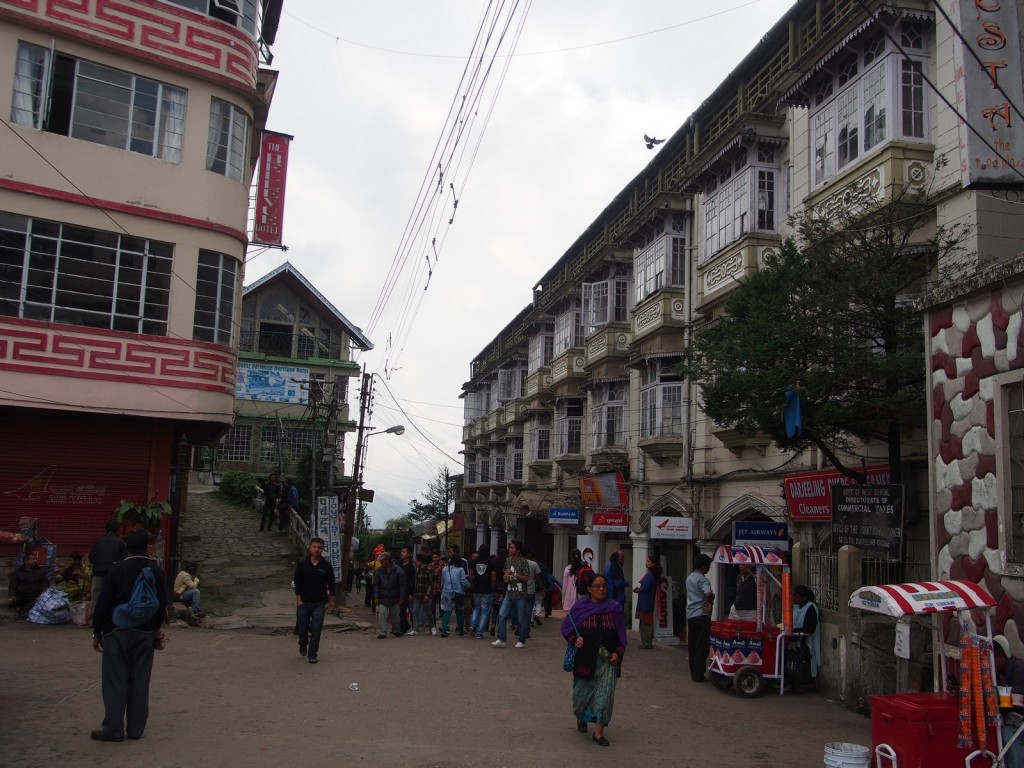
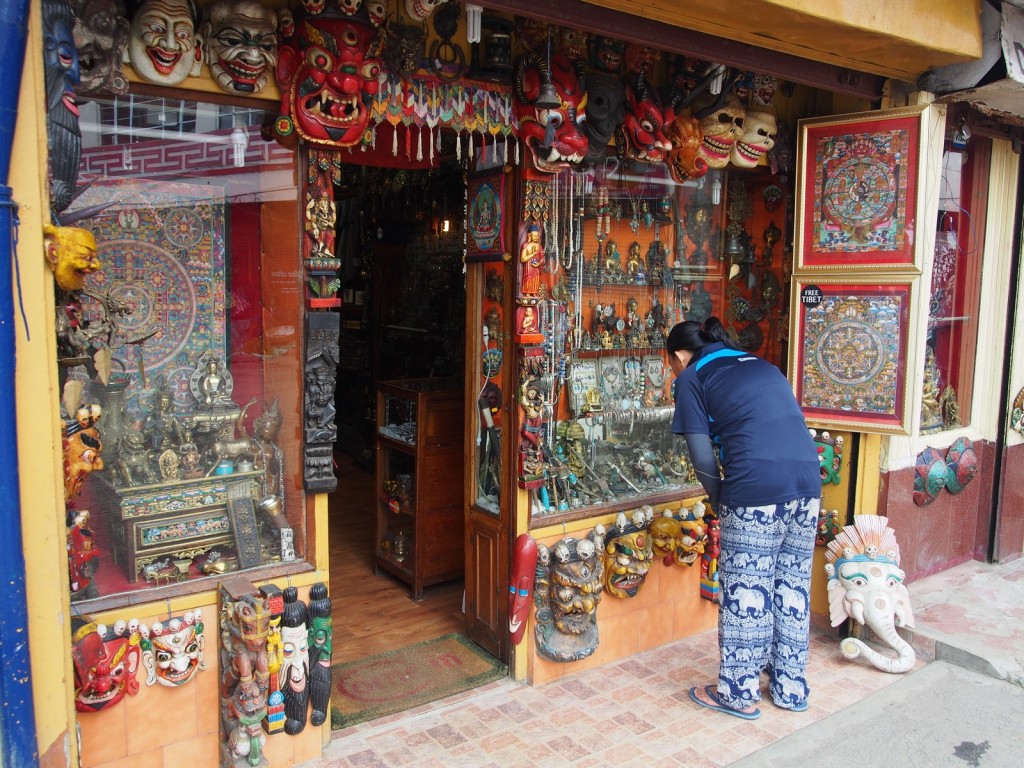
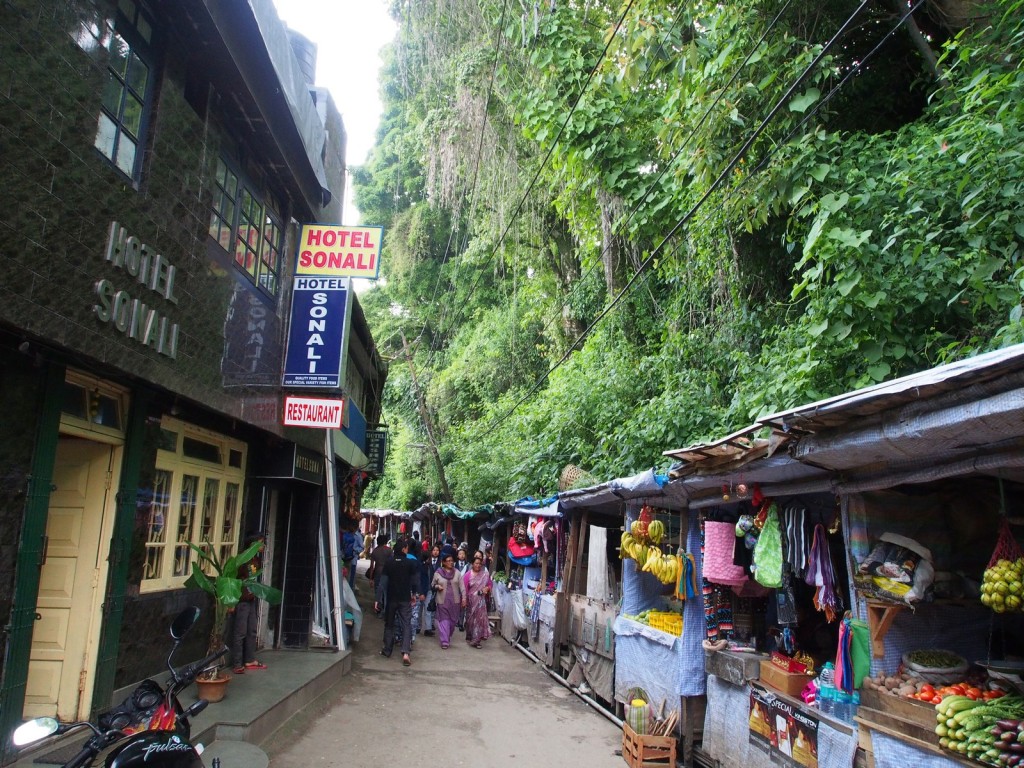
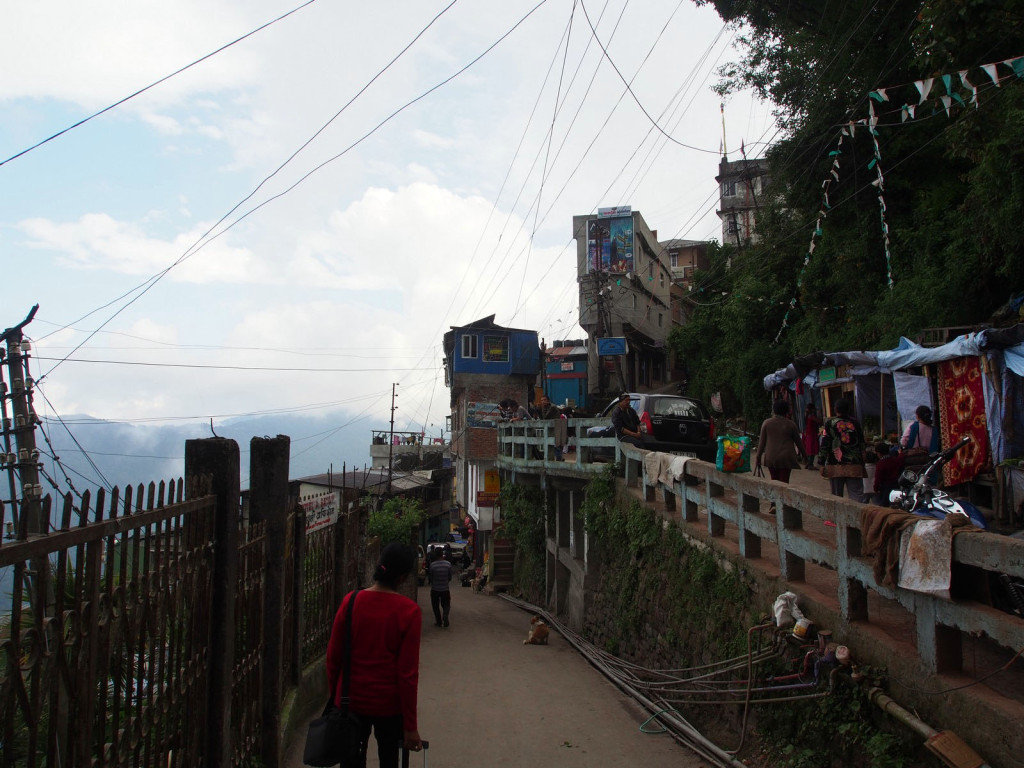
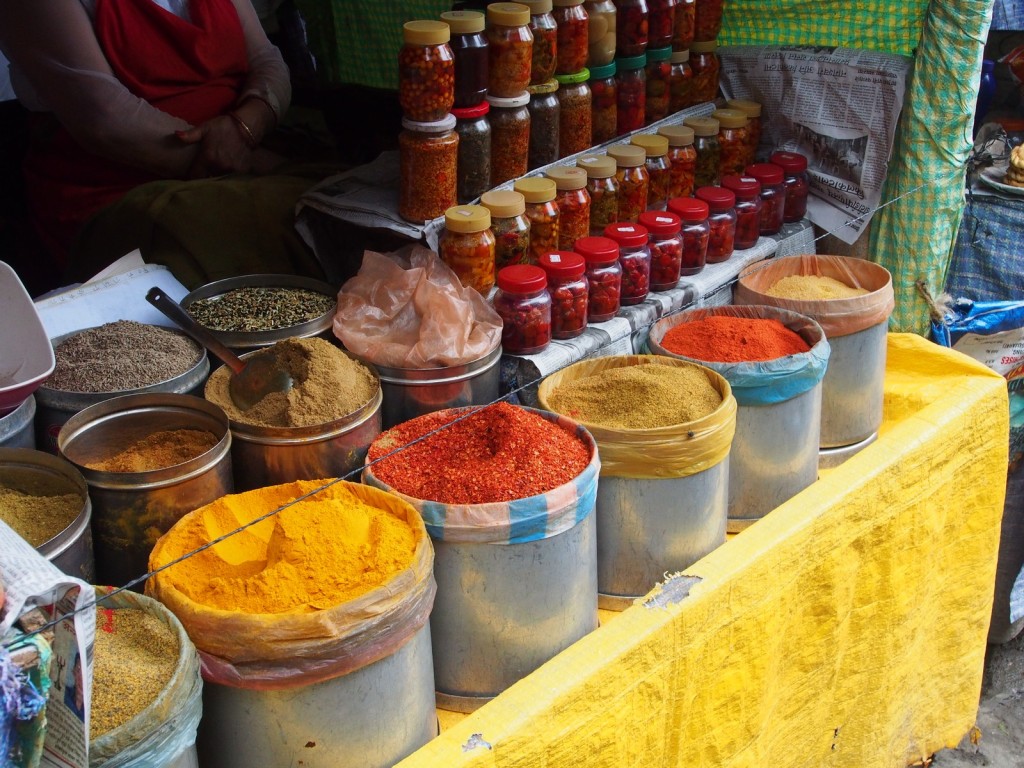

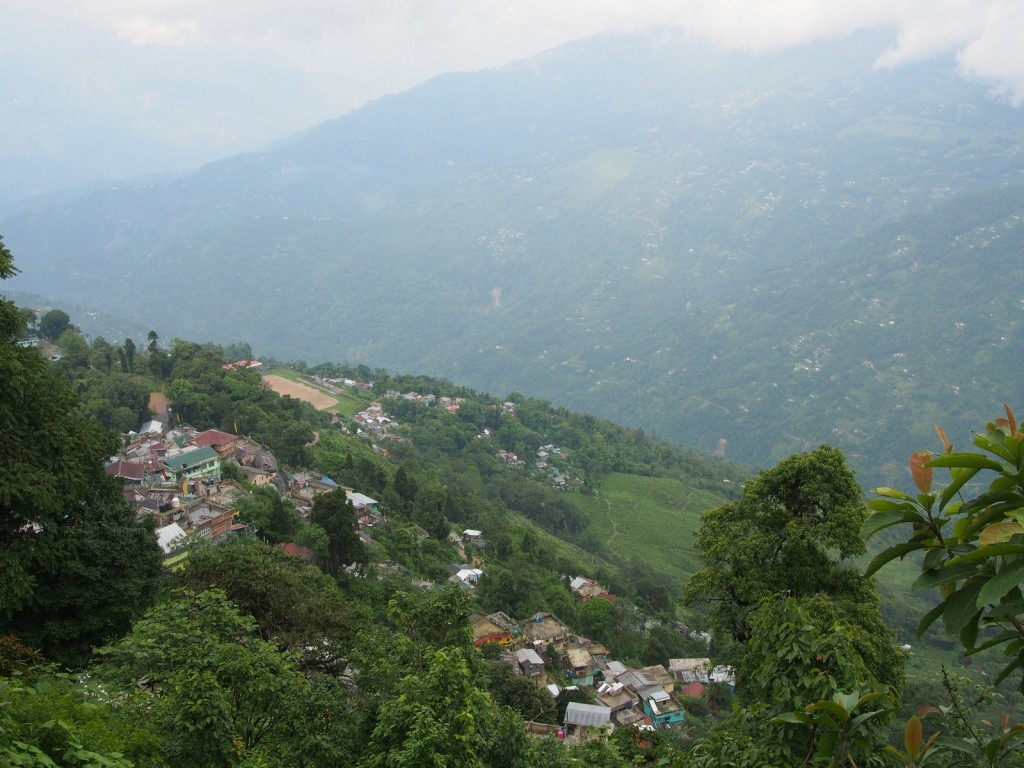
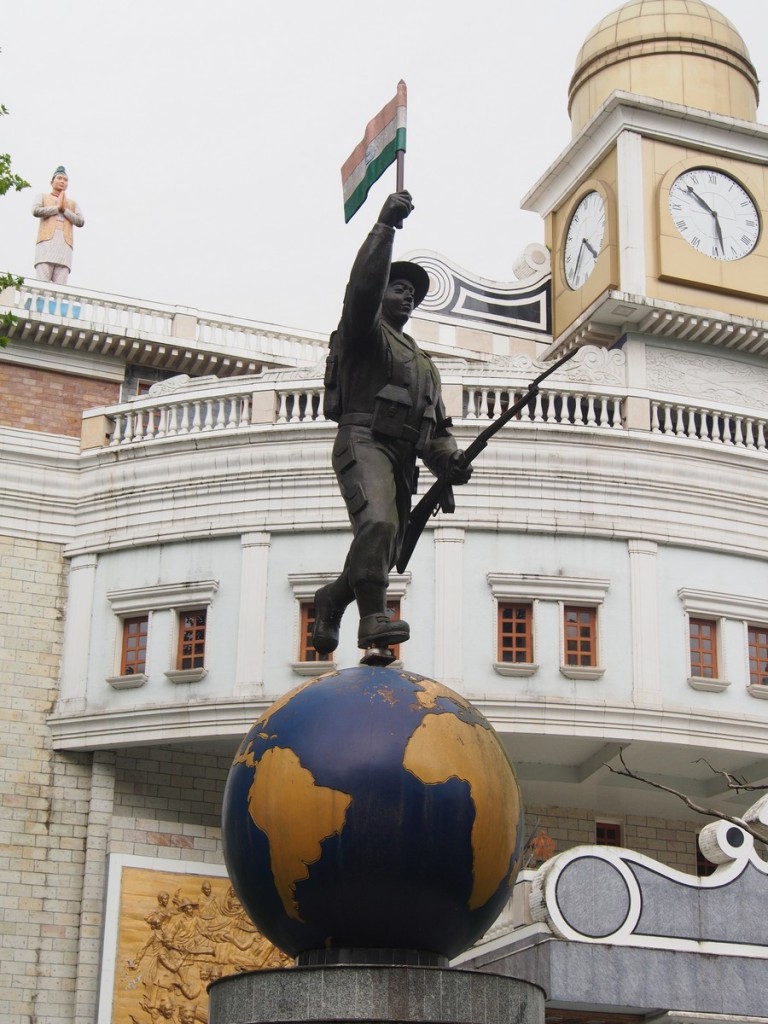
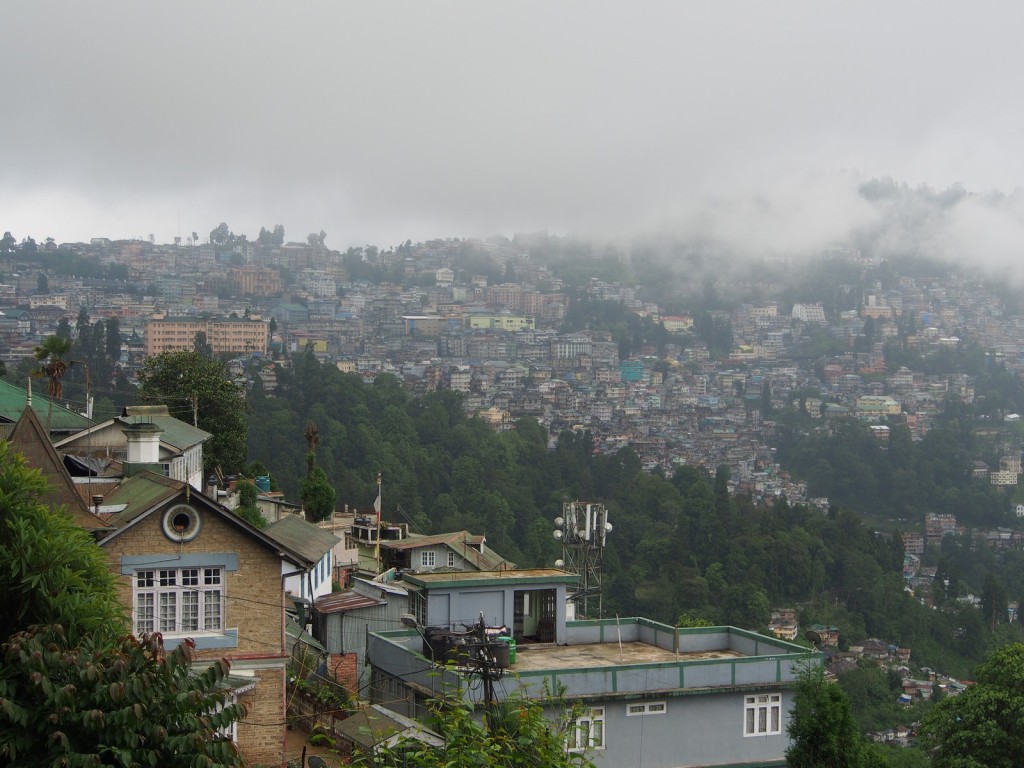
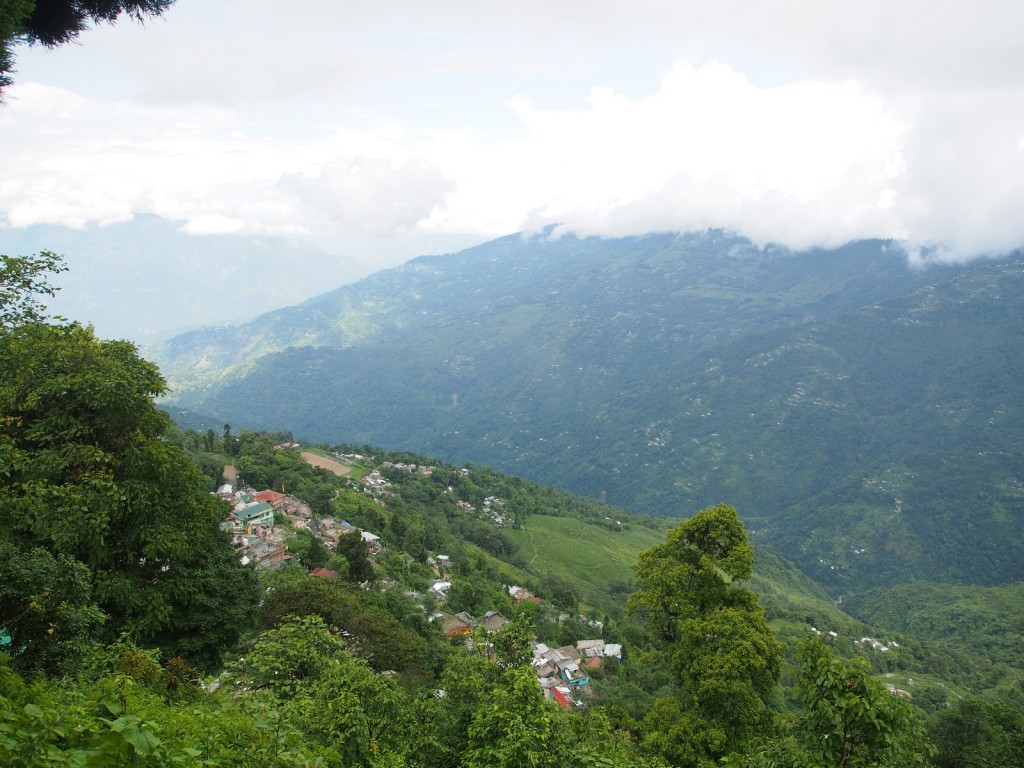
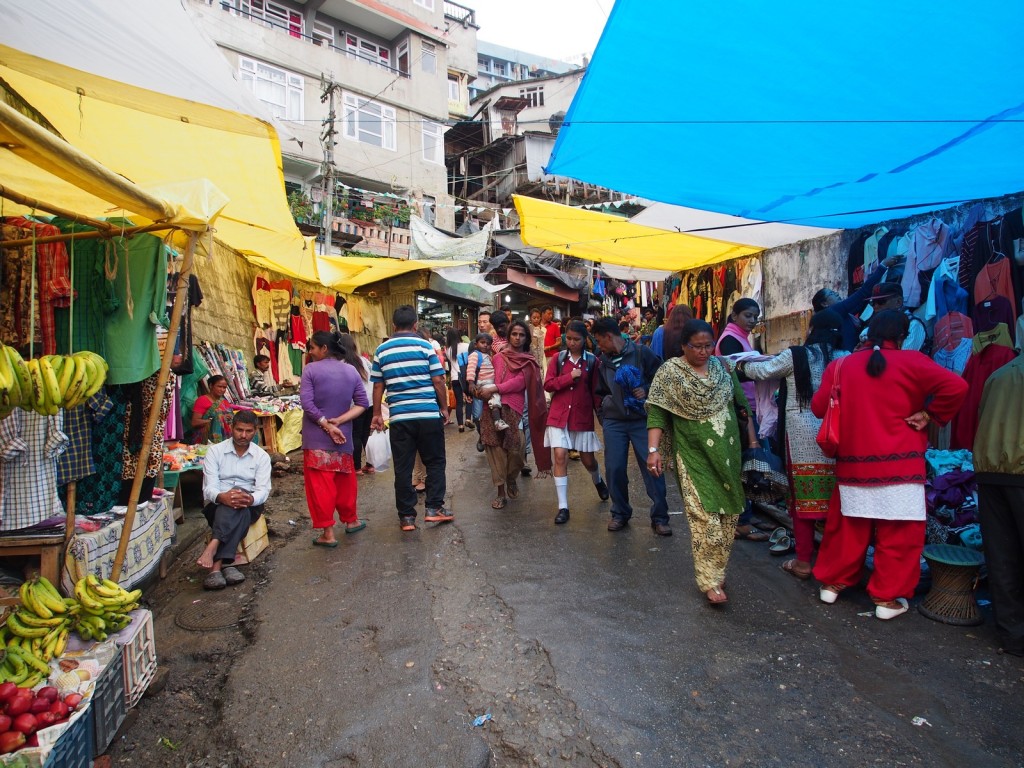
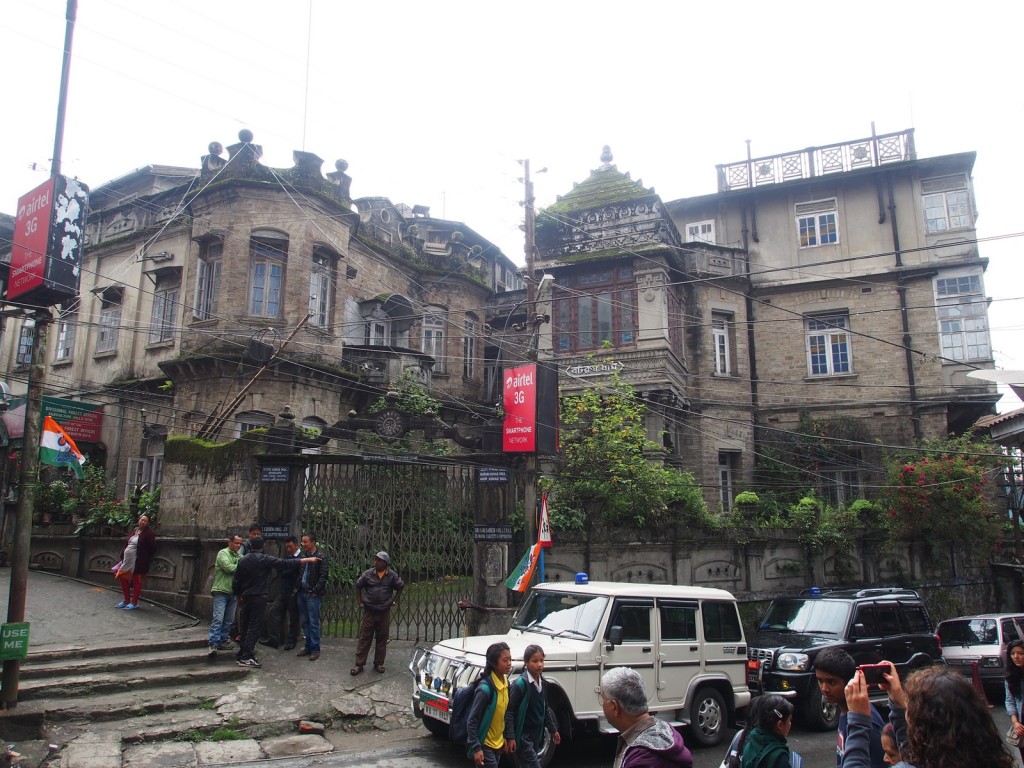
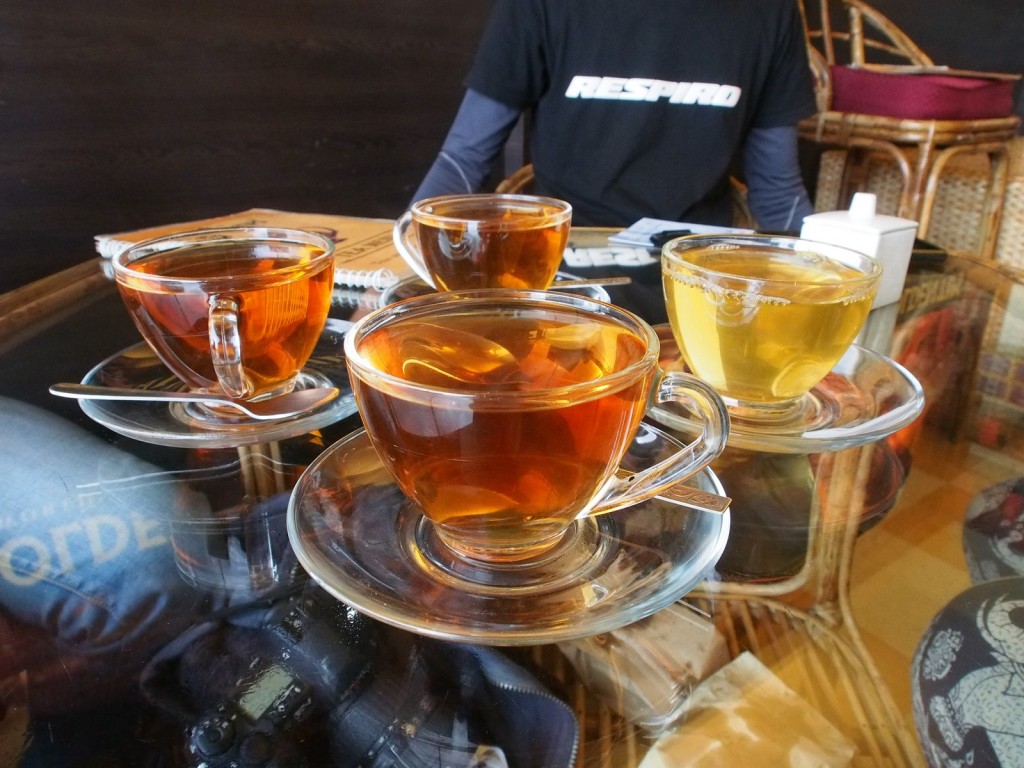
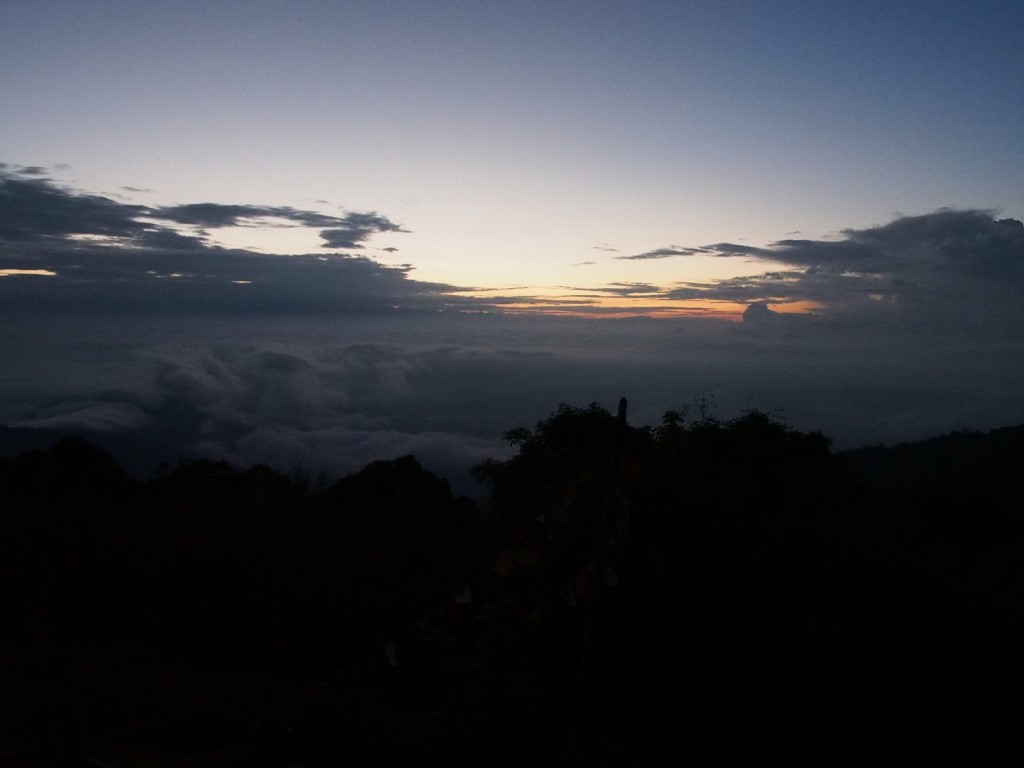
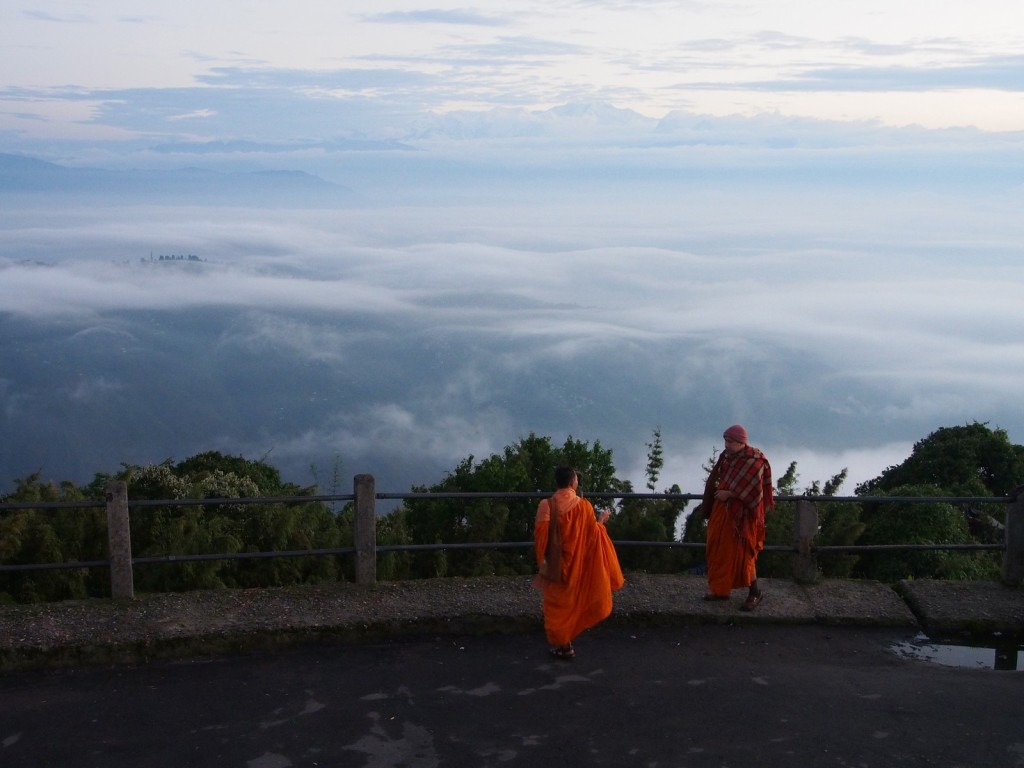
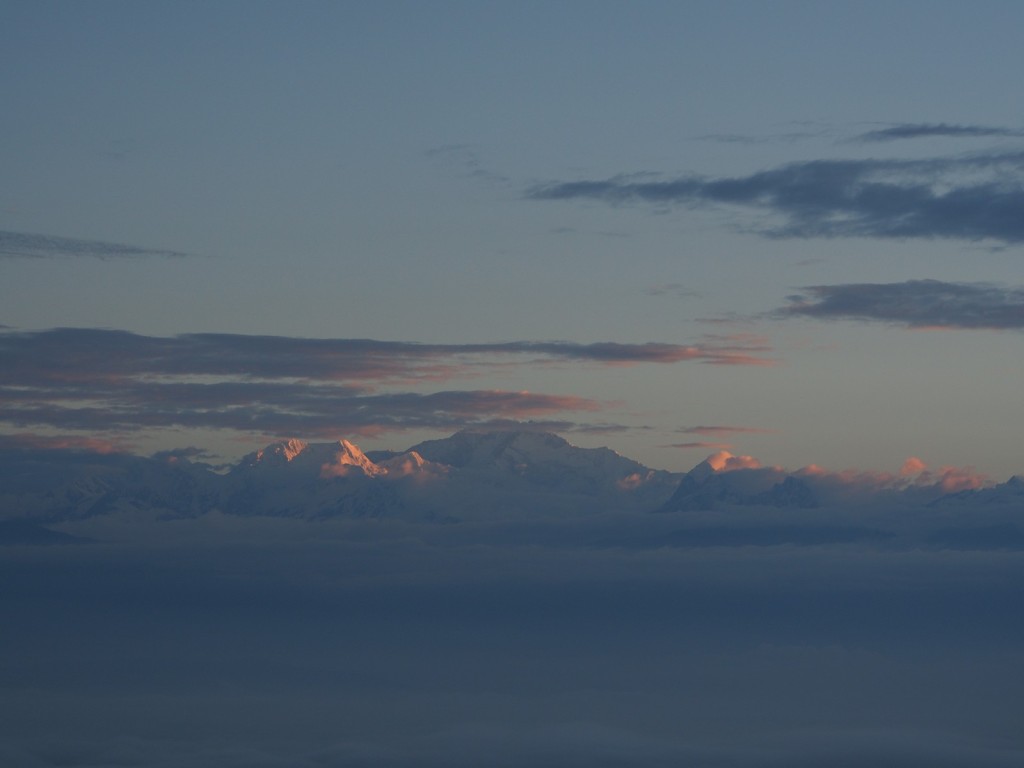
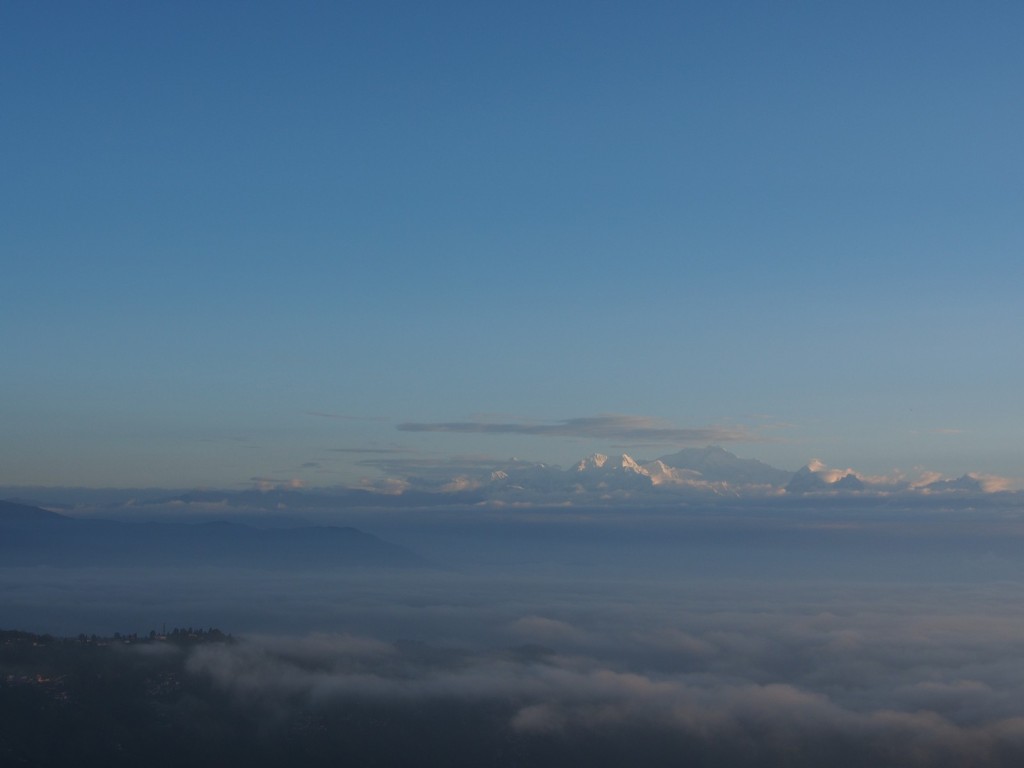
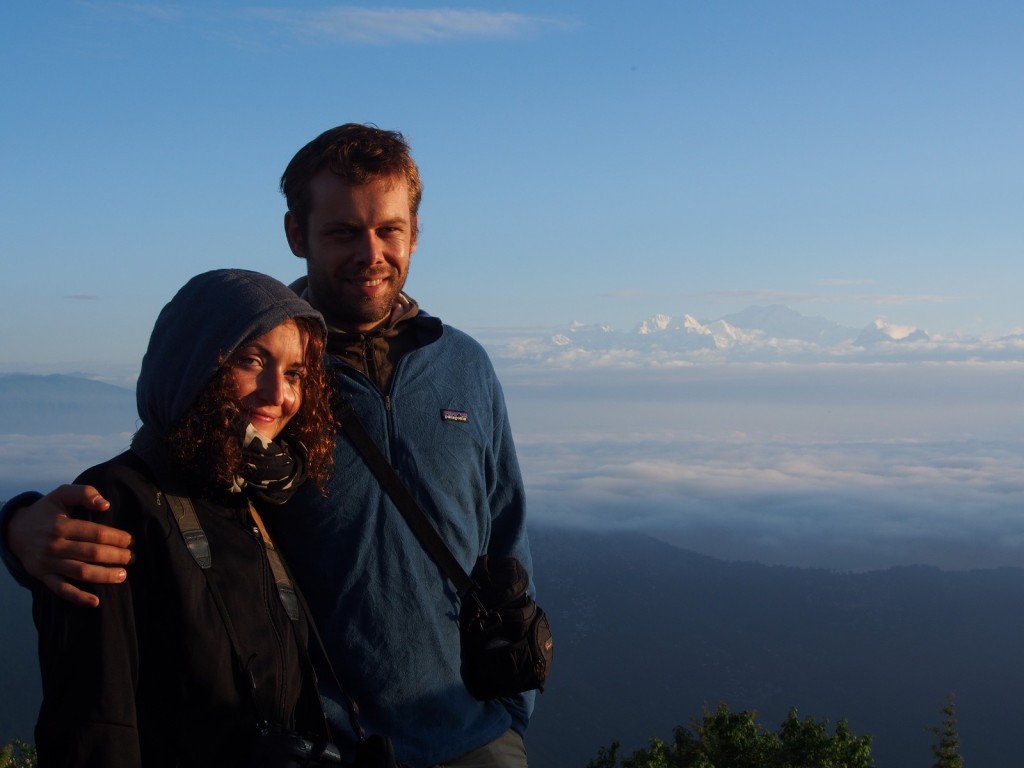
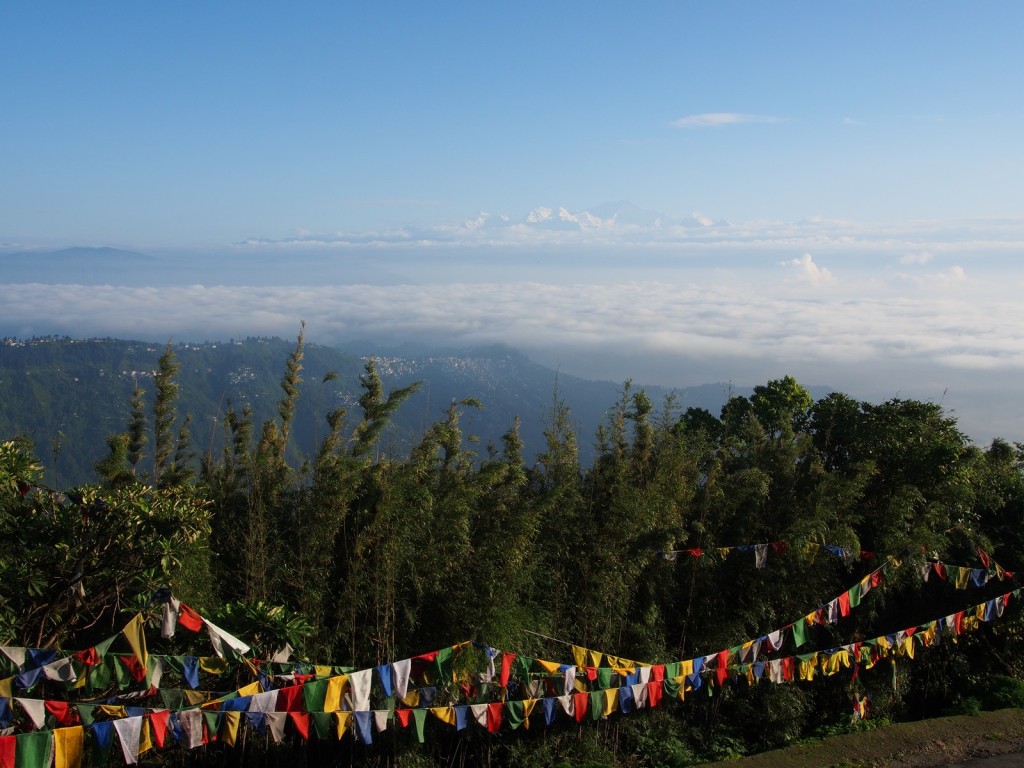
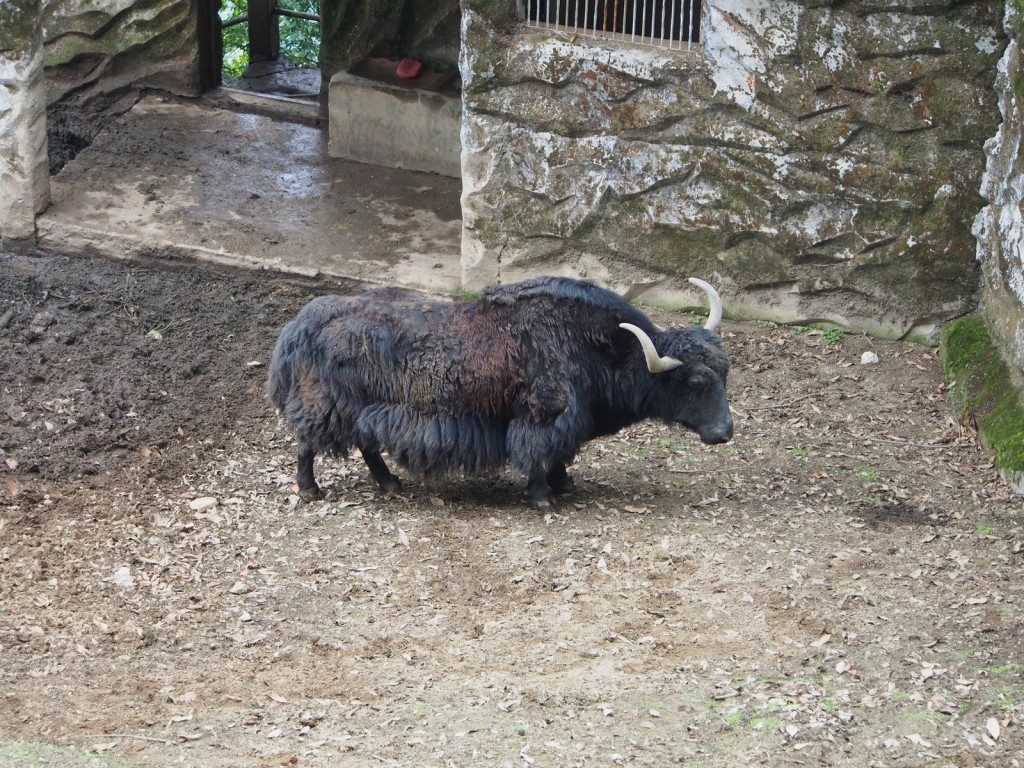
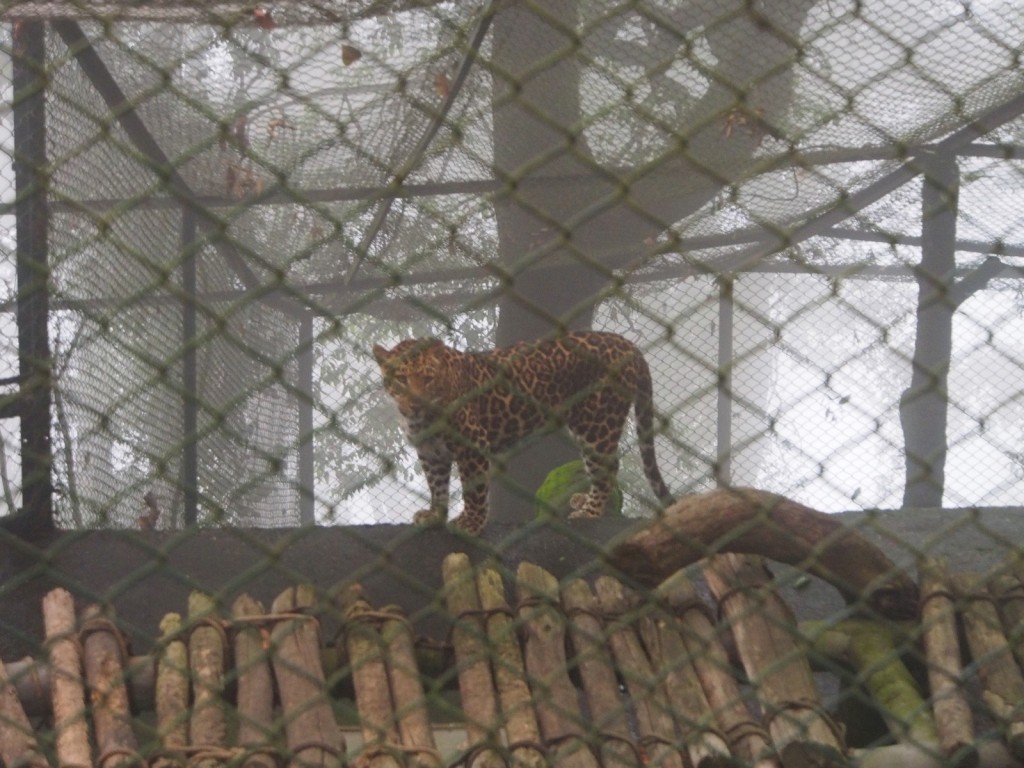
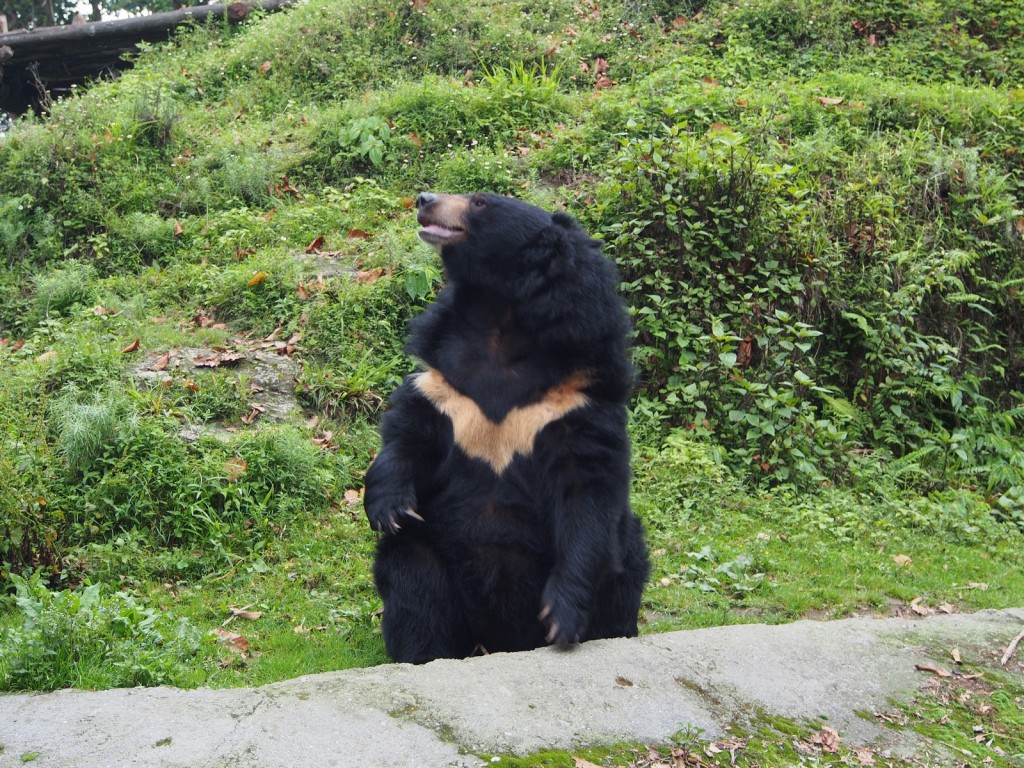
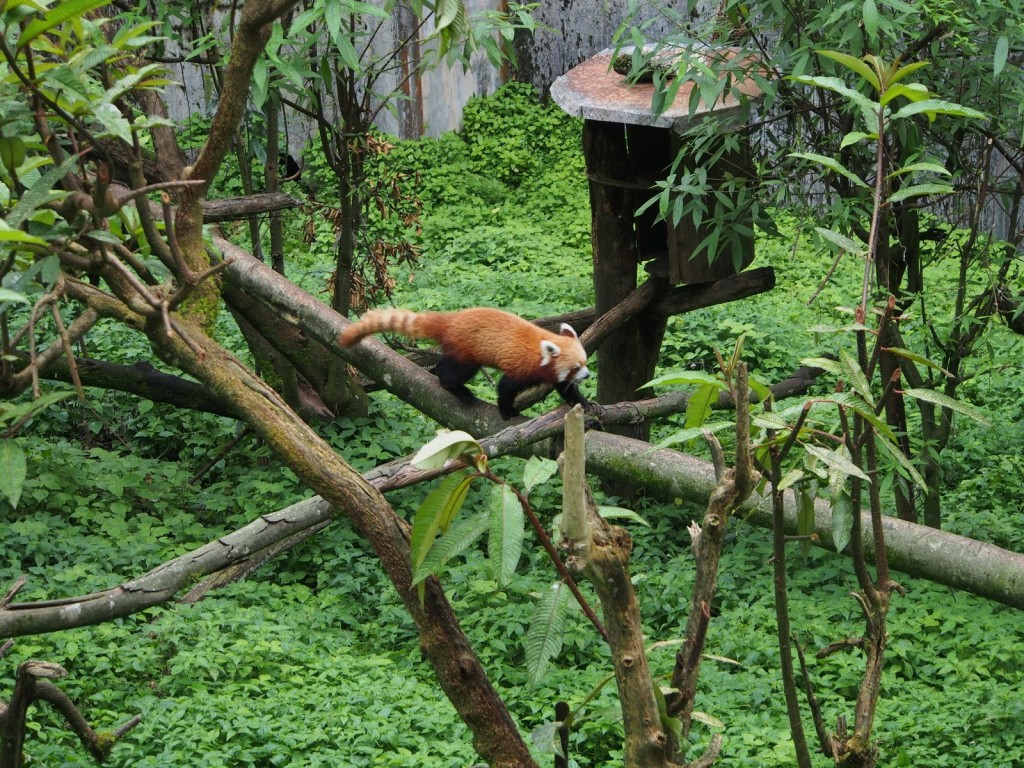
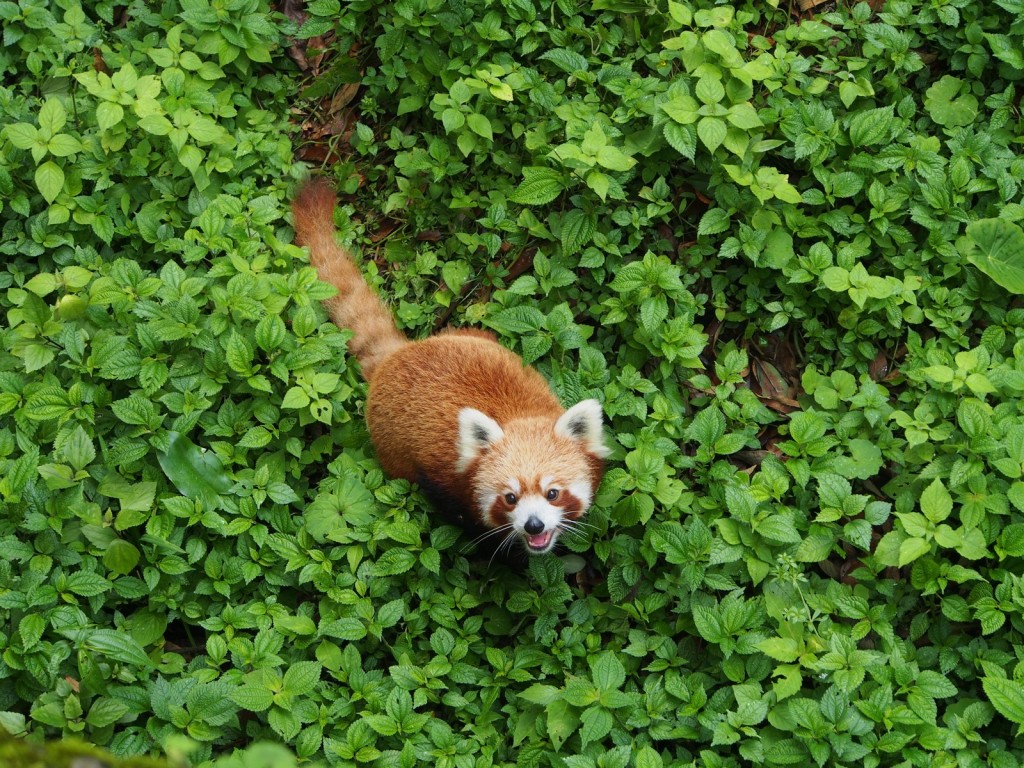
We are loving following your journey and in awe of where you have been. We particularly like your great photos. What camera are you using as they are clear and crisp images. Did you replace the lost GoPro? Stay safe. Regards from Us.
The photos are taken with an Olympus OMD E-M5, although literally yesterday it has stopped working. I’ll try and fix it or replace it in Kathmandu, even one day without a camera is killing me!
Yes, we replaced the lost GoPro with two actually, one for each of us. I’m still trying to clear a huge backlog of video from Laos, northern Thailand, Myanmar, NE India, and now Nepal!
Thanks for putting the effort in. I’m really enjoying your blog!
Have a great time in Nepal.
It is fun to follow your journey! I have been way behind on reading your blog with the business of my life, but it is a wonderful break from the monotony when I do get to read it. I was excited to see that you reach Darjeeling. It brought back a lot of memories from my trip there back in 2005. I even visited that same zoo! I’m glad you are having fun and staying safe 🙂 Hopefully we can catch up again next time we are both in Sydney.